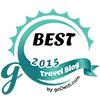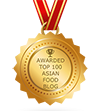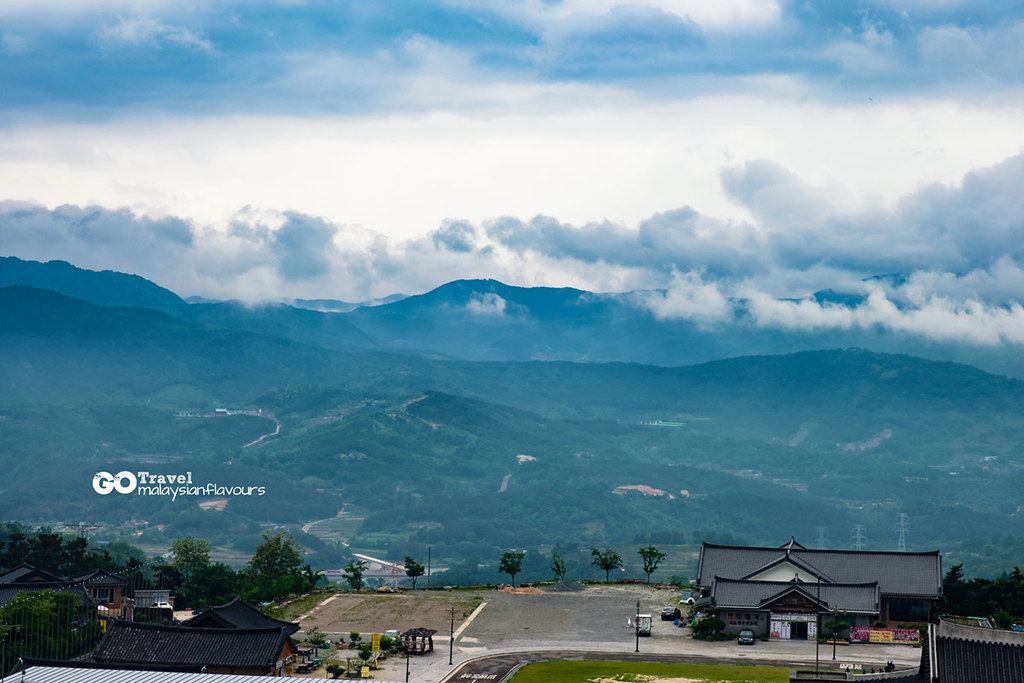
Gyeongnam, an off-the-beaten-path tourist destination in Korea. If you are looking for a trip surrounded by nature beauty, away from the hustle and bustle of cities, busy people and commercialized shopping zones, Gyeongnam is probably an ideal option for you.
PREVIOUS POST: Day 2 in Ulsan – Jangsaengpo Whale Museum, Whale Culture Village, Whale Sculpture Park, Daewangam Island and more!
About Gyeongnam
Gyeongnam, or sometimes refers to as Gyeongsangnam-do, is a province in South-Eastern Korea, adjacent to Busan. Mountain temples, mountain hiking trails, underwater sports activities, healing tours, hot springs, waterfalls and all things about nature are famous here.
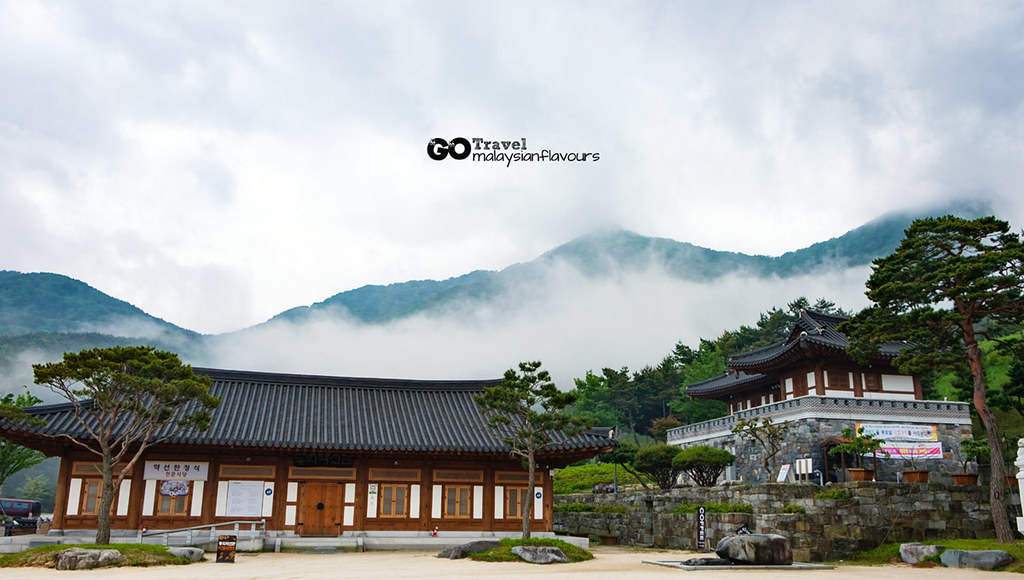
Having a similar latitude to Kyoto and Nagoya Japan, Gyeongnam is adorned with beautiful scenery all 4 seasons, from blooming of flowers in Spring to colour change of maple leaves in Autumn, as well as snow-covered mountains during Winter.
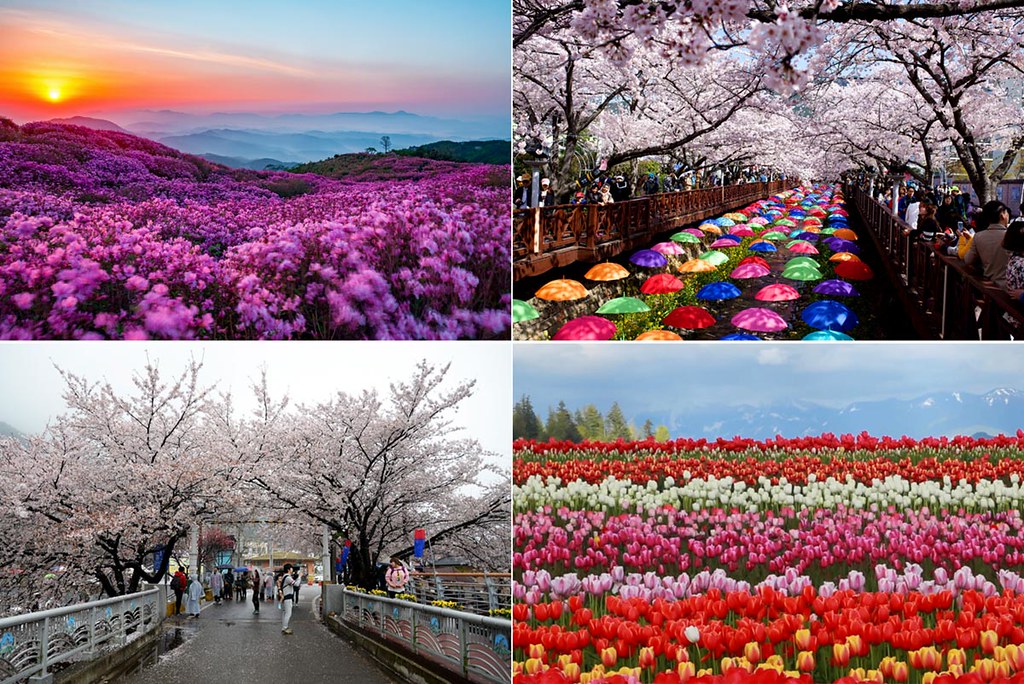 **image source from google
**image source from google
Google Image On:
Hwangmaesan Royal Azalea Festival
Jinhae Cherry Blossom Festival
Hwagae Market Cherry Blossom Festival
Hadong Field Poppy Festival
and more…
You will want to re-discover Korea from a new perspective again…
Transportation in Gyeongnam:
Getting around in Gyeongnam isn’t as convenient as in Seoul or Busan, but joining a local theme tour or rent a car makes the trip easier.
There are also buses connecting to some tourist attractions in the city, but it might take longer waiting time with more careful planning ahead required to fit into the timetable of each bus.
Check out http://tour.gyeongnam.go.kr/ for more information.
Gyeongsangnam-do Itinerary:
Things to Do in Gyeongnam for 2D1N
We visited only Hapcheon, Sancheong and Tongyeong this round. Started with Hapcheon, the county where famous Hapcheon Image Theme Park and Haeinsa temple reside.
-Hapcheon-
1. Hapcheon Image Theme Park – a 230,000m2 Filming Park
Hapcheon Image Theme Park 합천영상테마파크 is an outdoor filming studio that replicates the scenes of Korea in different era, running themes from 1920s to 1980s.
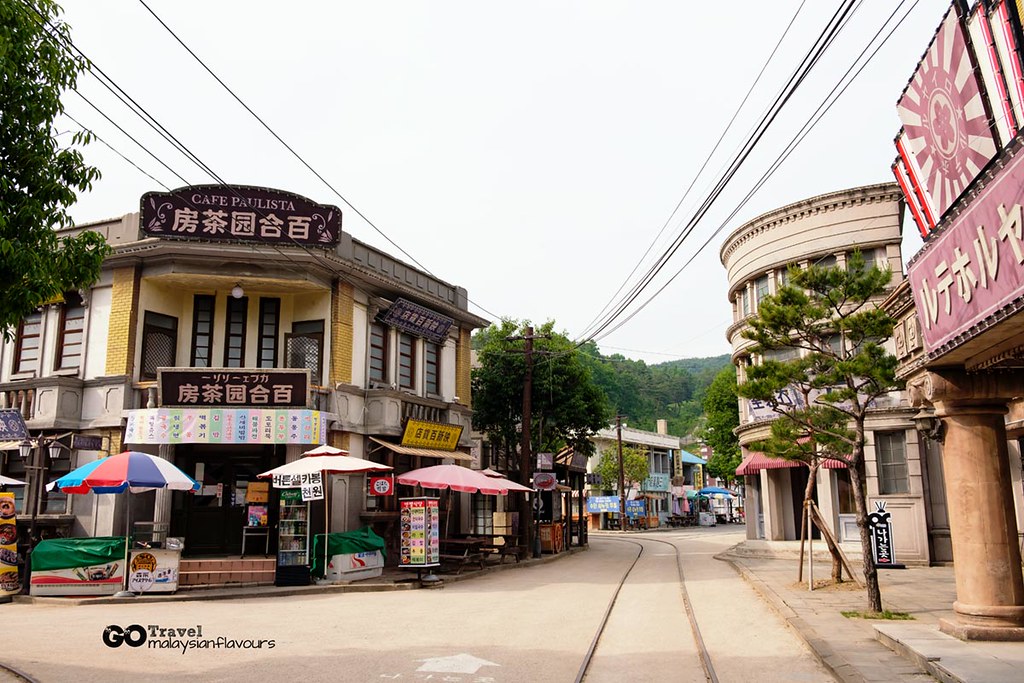
With landmarks from Japanese colonial period in Korea to economy development time, Hapcheon Image Theme Park is really a great place to experience the past of Korea up close, like real.
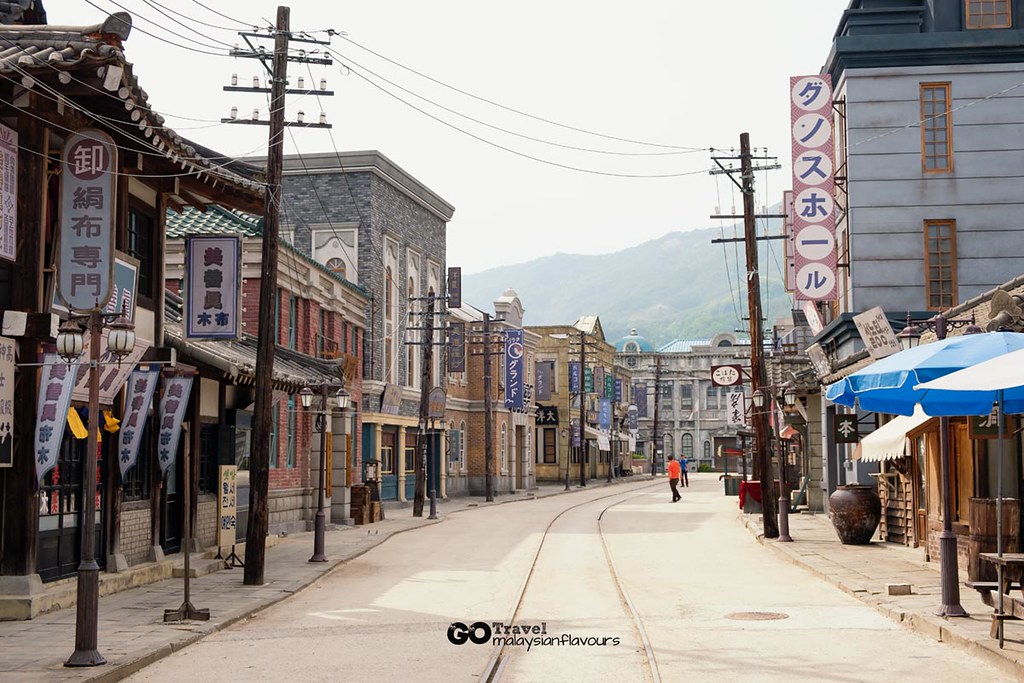
Walked through every streets and alleys, we felt like we were being transported back to the yesteryear of Korea.
Hapcheon Image Theme Park actually started out as the filming sites for movie Taegukgi (The Brotherhood of War )태극기 휘날리며 in 2004.
As the movie became a huge hit unexpectedly, this filming site turned popular too, attracting many fans and tourists alike to have a glance on how the filming scene looks like.
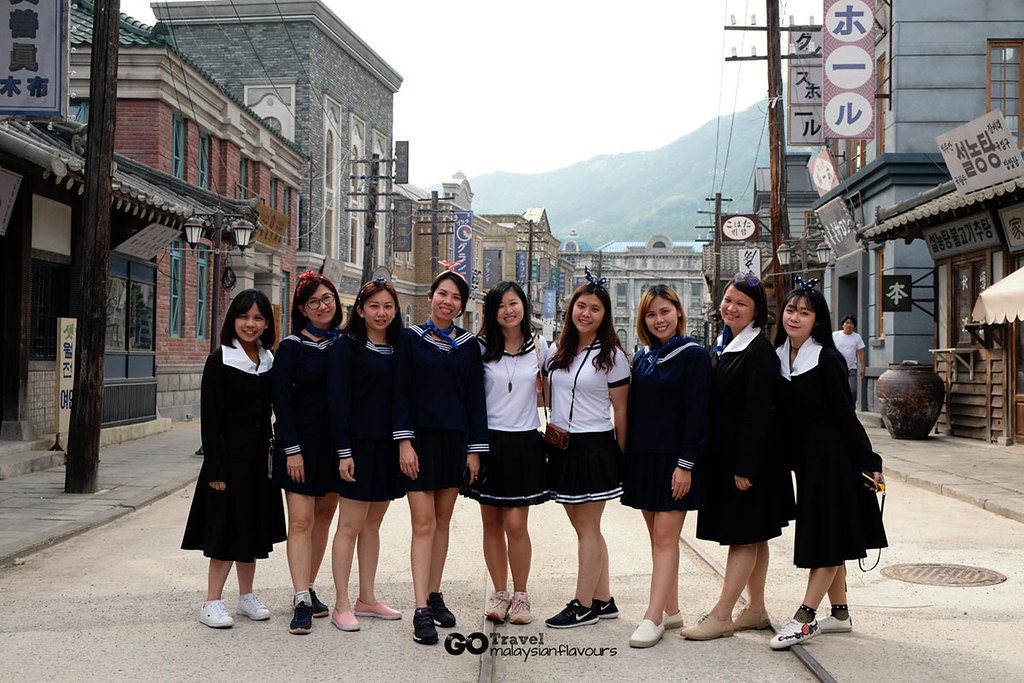
As time goes by, more architectures, landscapes and streets are built for filming. These sites are then remained as tourist attractions, or for future dramas and shows whichever find them suitable.

Currently, there are over 150 buildings span across the 40 sites, covering more than 200,000m2 . There are more projects in the pipeline to expanding this area, like having Cheong Wa Dae Filming site, the Blue Pavilion President House which is about 67% of the real in Seoul.
Besides The Brotherhood of War, Seoul 1945, Fighter in the Wind, Gyeongseong Scandals, A Plaza of Meeting, East of Eden, Lights and Shadow, Dachimawa Lee, Modern Boy are some of the dramas and movies were taken here too. Over 100 till date.
Seoul Station, Governors- General of Korea, Daeheung Theater, Bando hotel and more are making a come back here!

Seoul Station, or former Gyeongseong Station
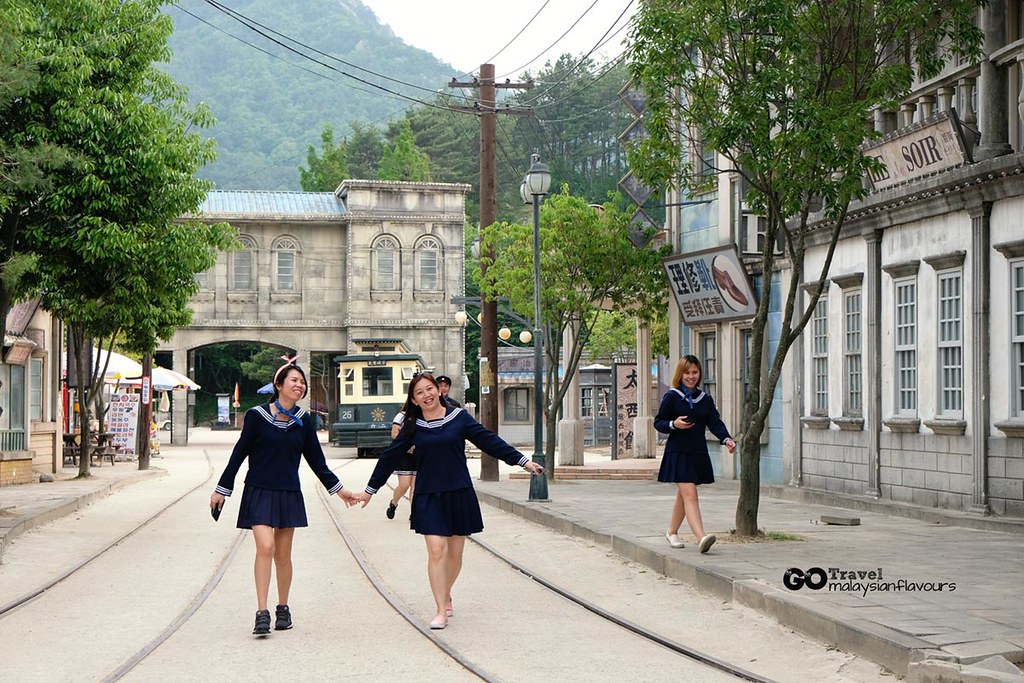
Tramway
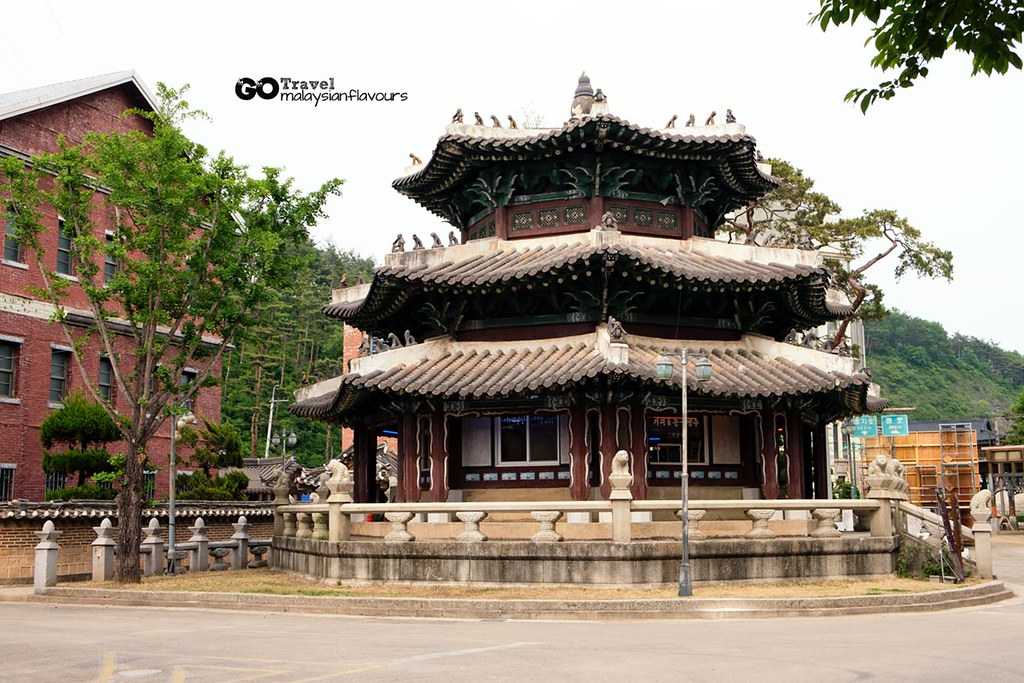
The replicates of Wongudan Altar, sometimes known as Hwangudan, Jecheondan and Wondan.
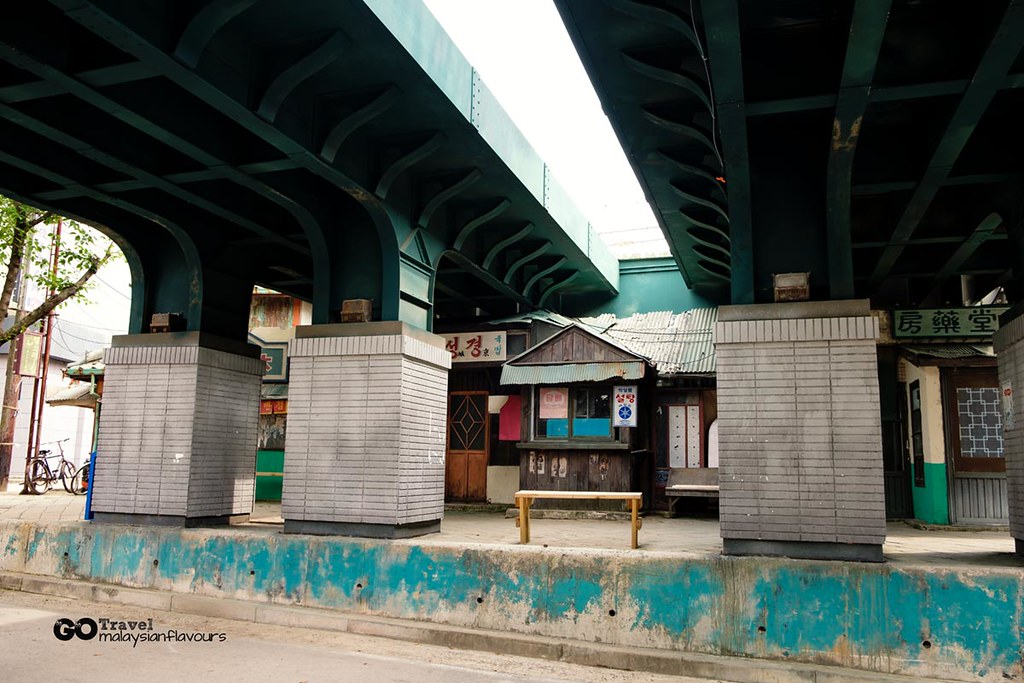
Stalls at the underpass of railroad bridge at Namyeong Station.
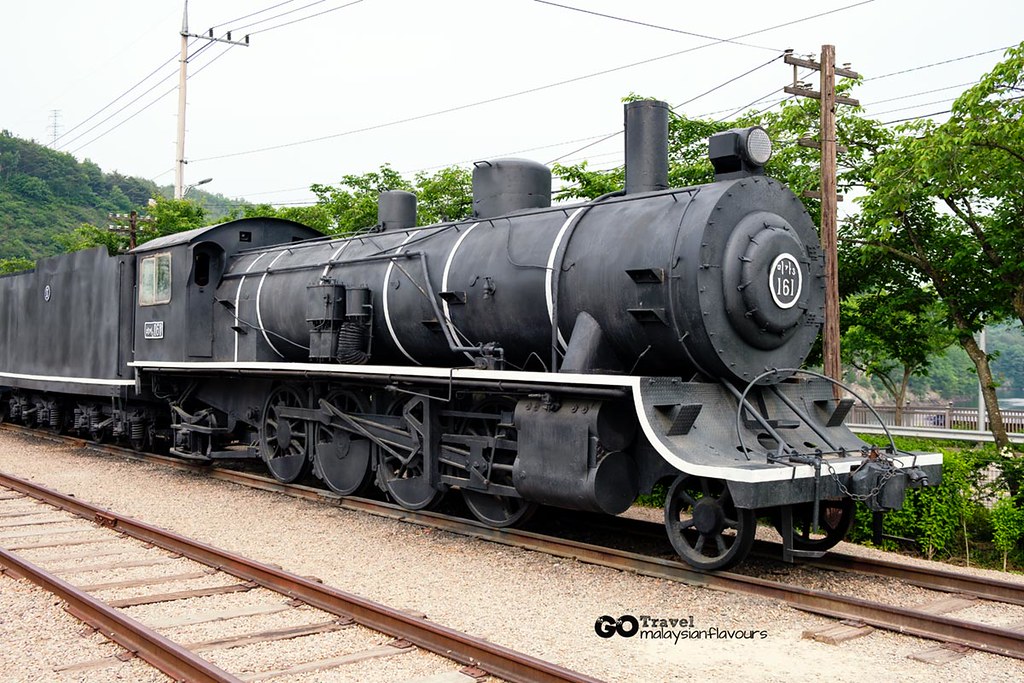
Train station. The inside is fully furnished with wood, from the floor to seats to ceiling.
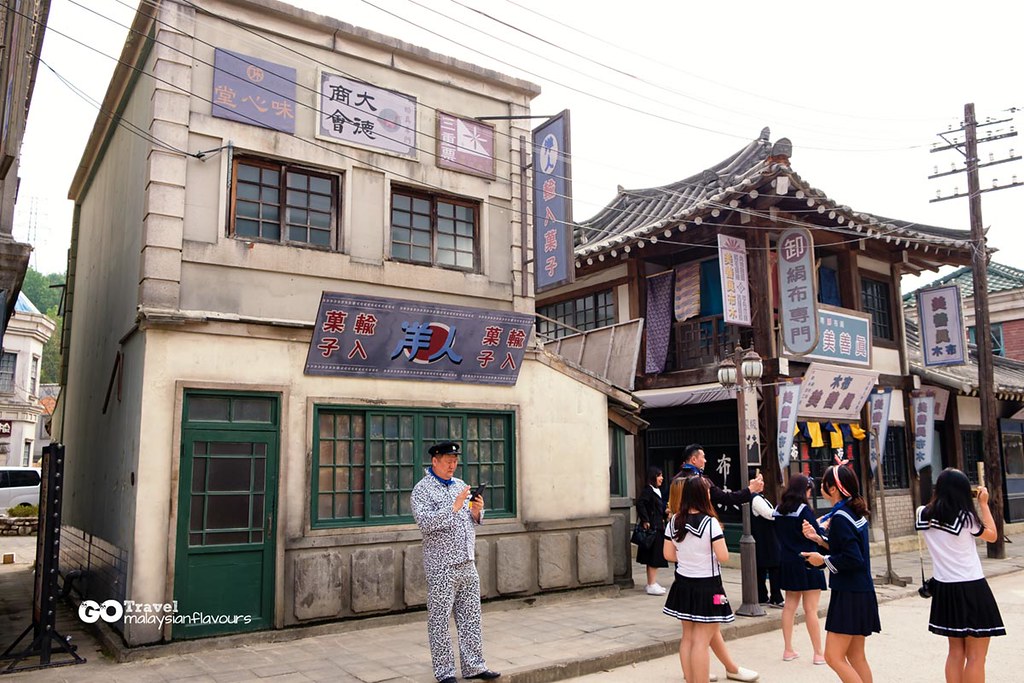
We are not allowed to go into most of the buildings. But few of them are opened for visit, filled with galleries and picture zones.
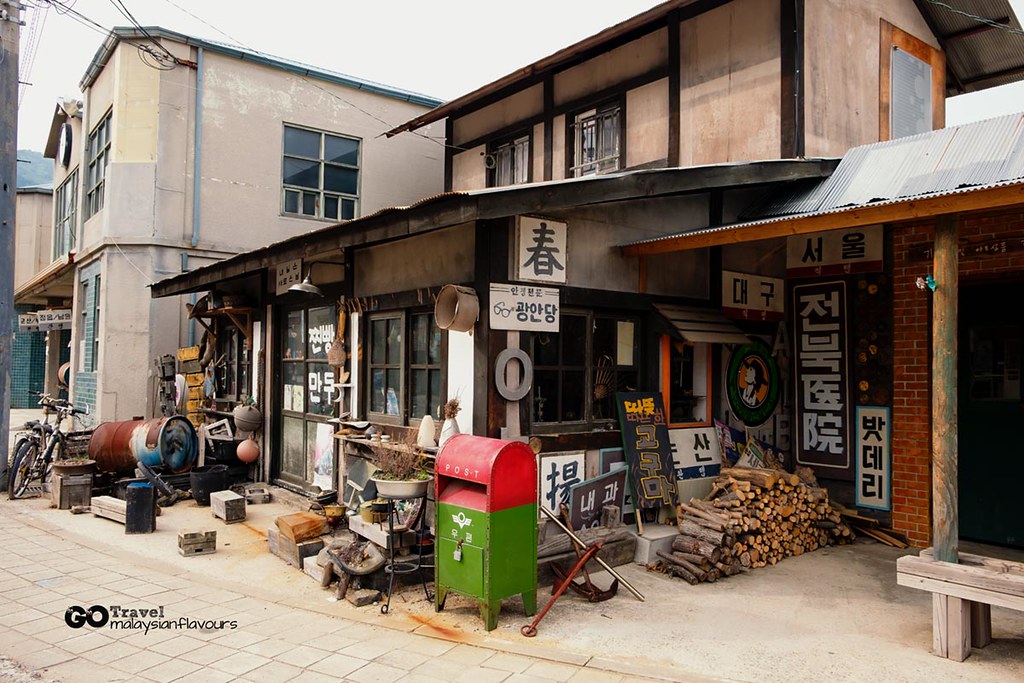
Electric shop / general store
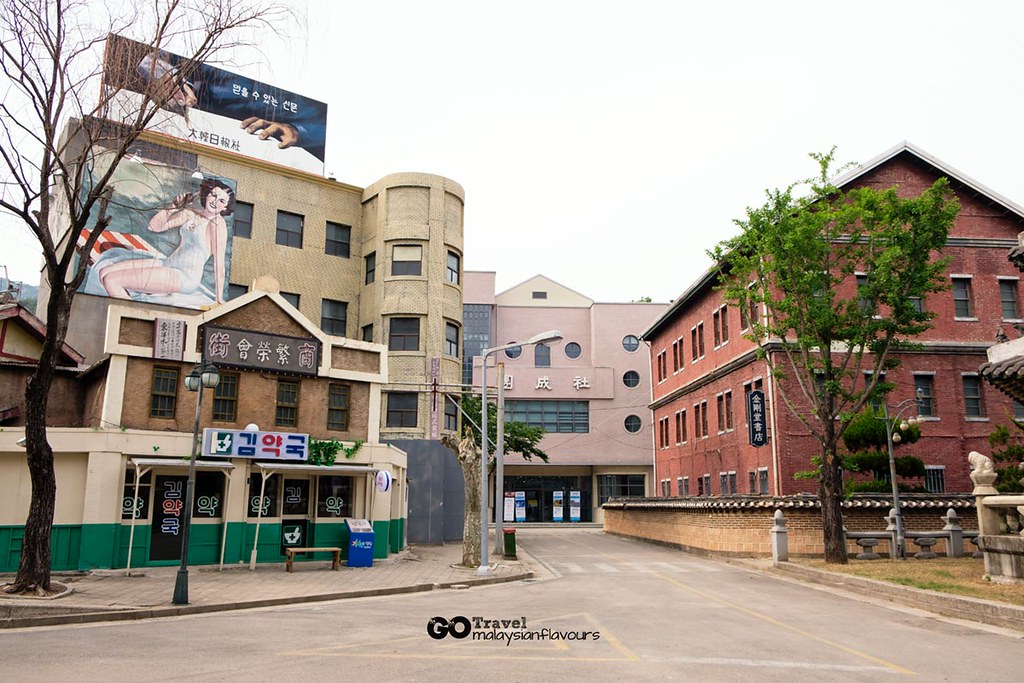
These landmarks are mainly reproduced by the two well-known broadcasting company in Korea – KBS and MBC.
KBS houses Seoul Station, Chosun Governor-General Office, and the Bando Hotel appeared from the 1930s to the 1960s…
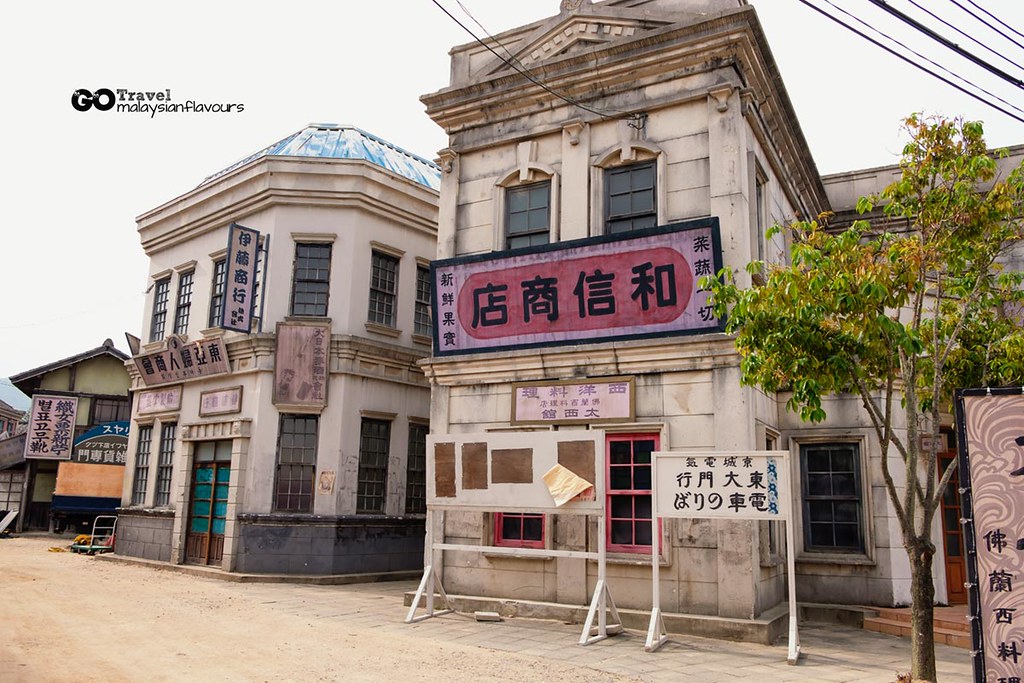
While MBC’s set are mainly on streets from Sogong-dong, Seoul from the 1970s and 80s.

Bando Hotel, the first commercial hotel, where the location is now Lotte Hotel in Sogong-dong Seoul.
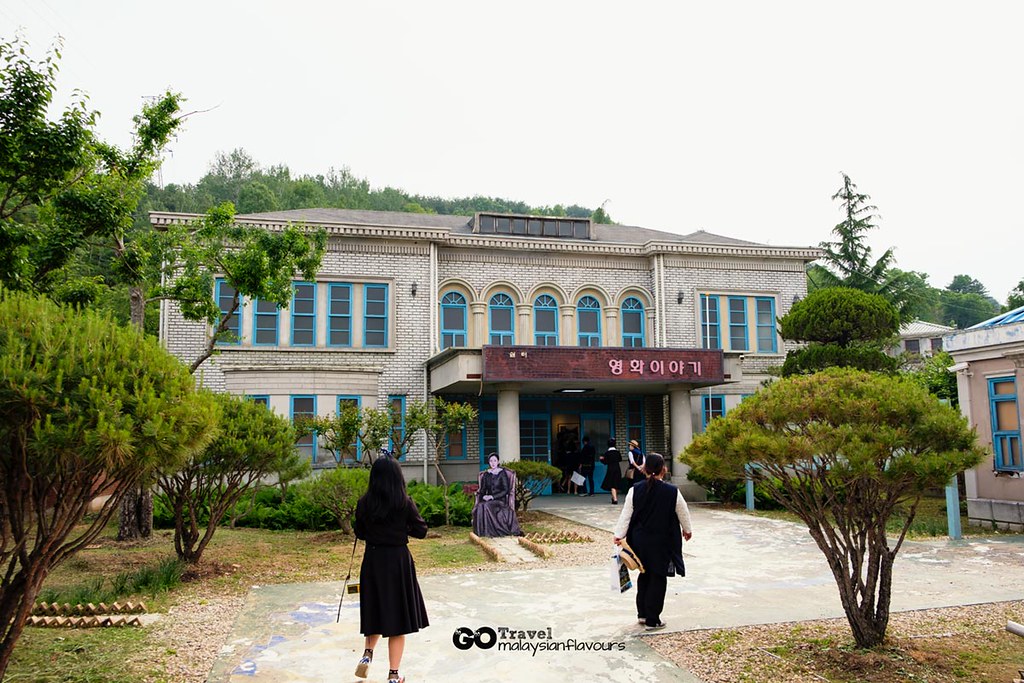
Gyeonggyojang.
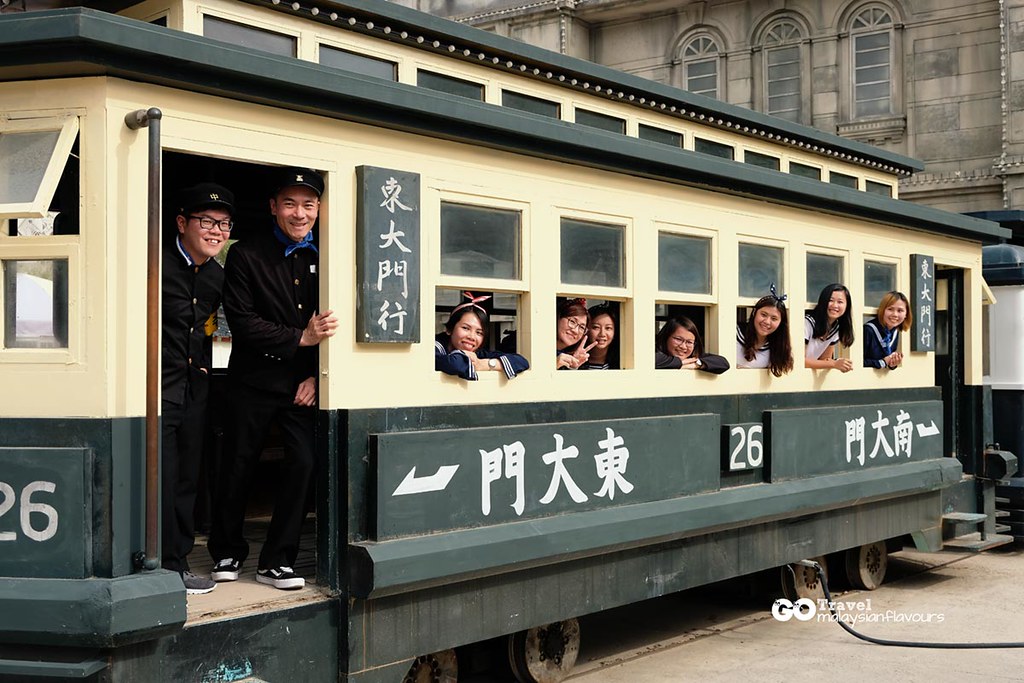
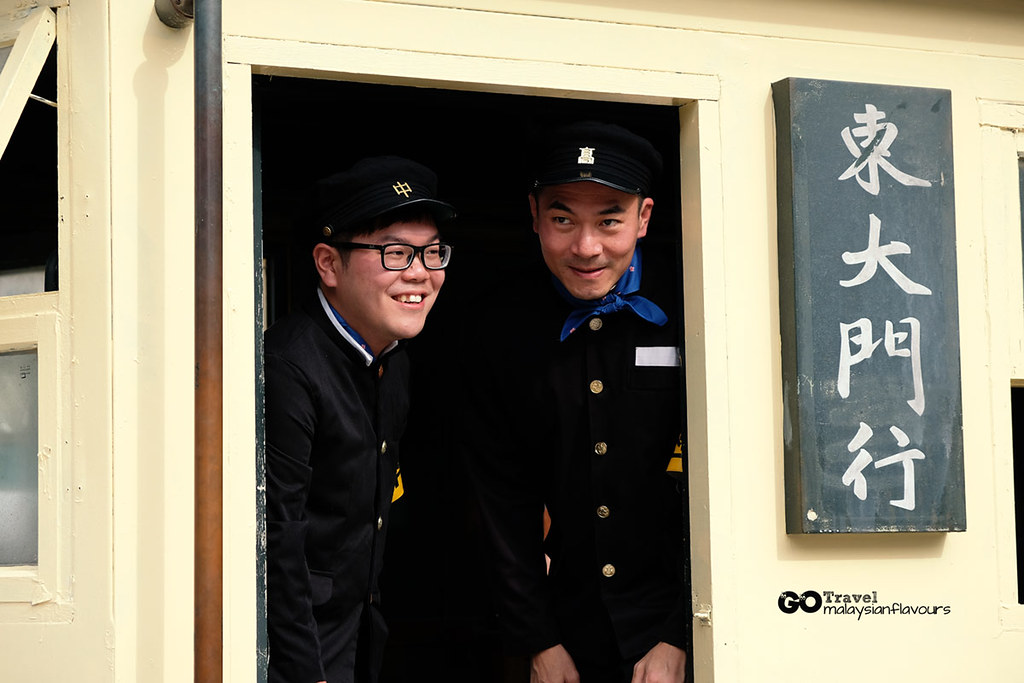
Summerkid’s back-to-school look with the gang. Errrr…still not bad right? Haha.
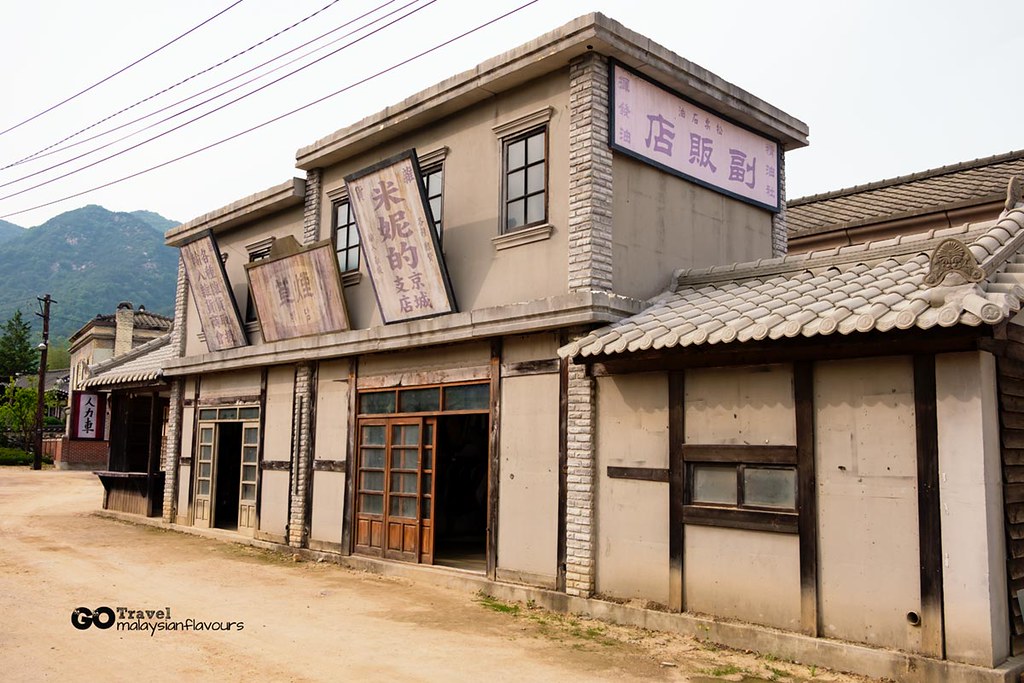
We had so much fun discovering every corner of Hapcheon Image Theme Park. Definitely a place to visit in Gyeongnam.
Ticket price is not expensive too, 5000won per adult, about RM20 and you can spent a whole day here, take as many pictures as you want.
Address:
418, Gaho-ri, Yongju-myeon, Gyeongsangnam-do, Korea.
Admission Fees:
Adults 5,000 won
Students & Children 3,000 won
Seniors (ages 65 & above) & Disabilities (lvl. 4 or higher) 2,500 won
Groups – Adults 3,000 won / Students & Children 2,000 won / Seniors (ages 65 or more) & People with disabilities (lvl. 4 or higher) 1,500 won
*********************
2. Cheong Wa Dae Filming Site
Not too far from Hapcheon Image Theme Park, there is this Cheong Wa Dae filming site.
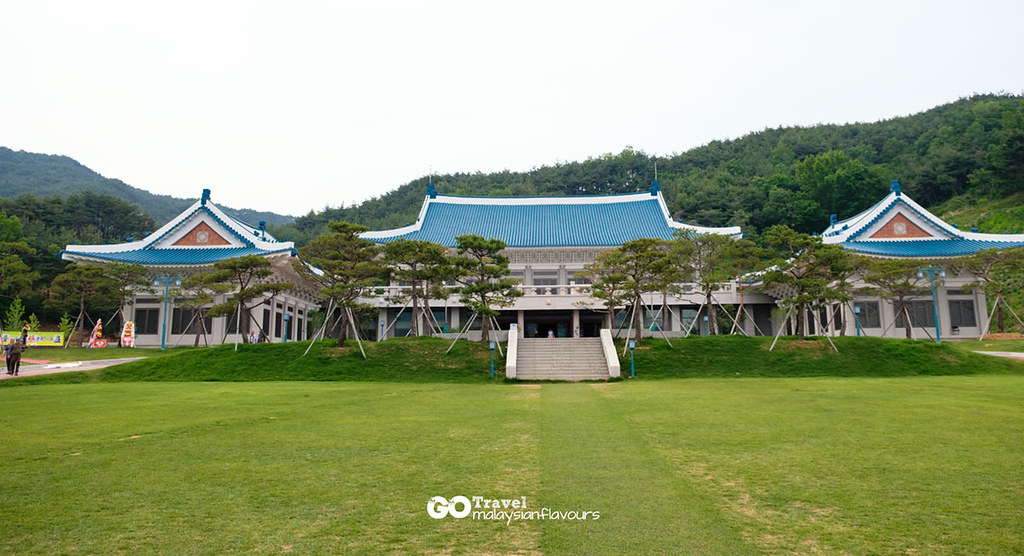
Cheong Wa Dae, or more known as the Blue House, is the executive office and residence of the President of the Republic of Korea.
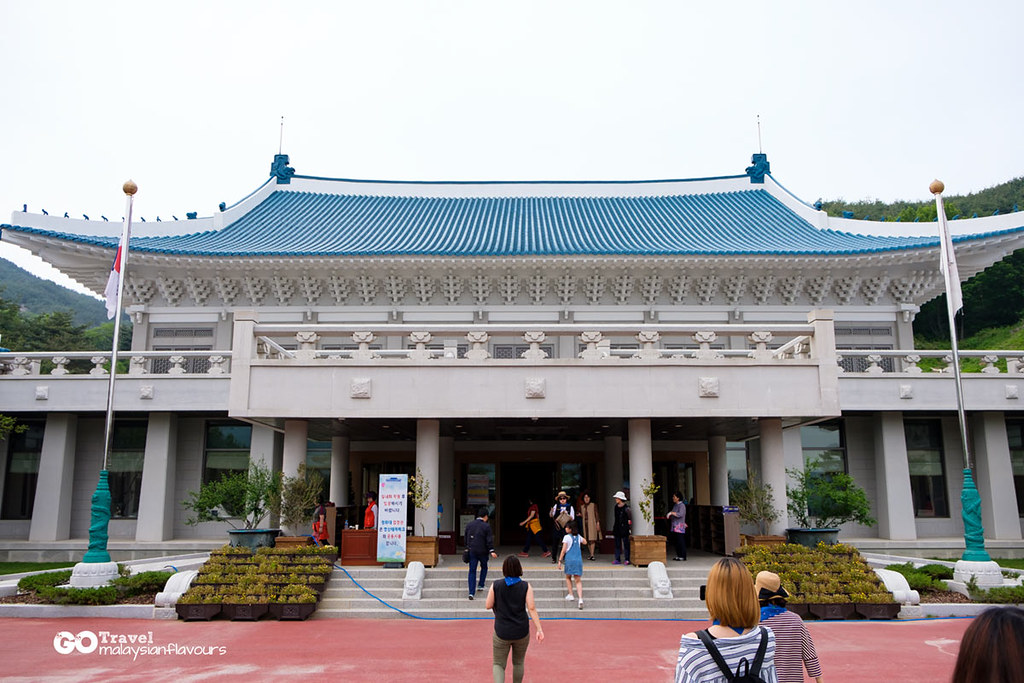
The real Cheong Wa Dae is located in Seoul, while for this in Hapcheon, it is a scale model of the house being constructed at about 2/3 of the original size.
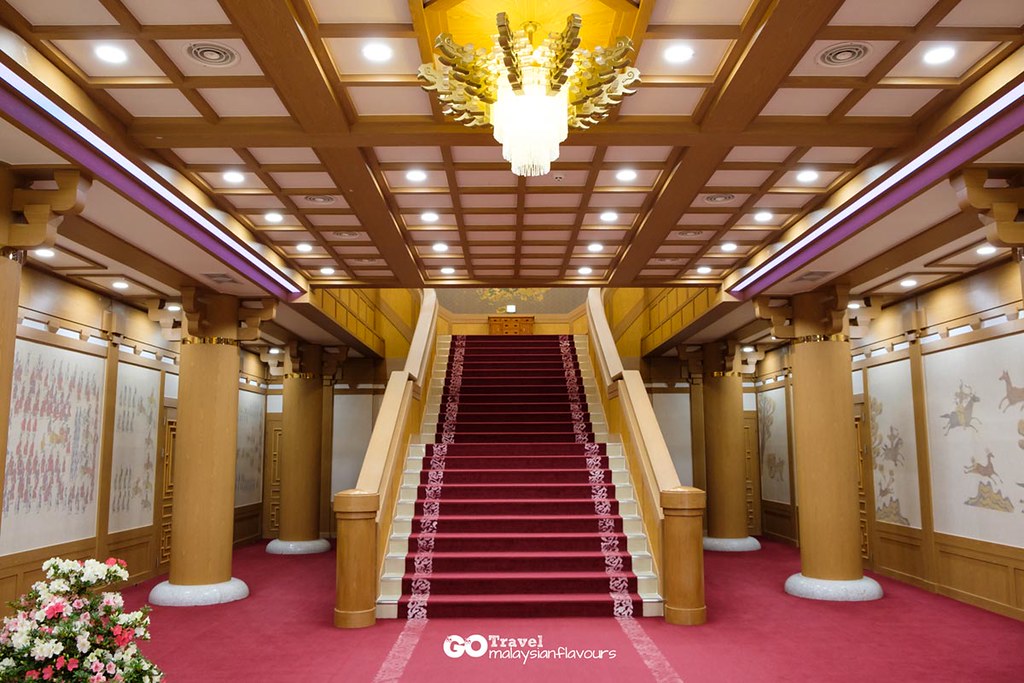
Hapcheon Cheong Wa Dae is built mainly for shooting and filming purpose, as well as for tourists to get a view of how the president’s house looks like.
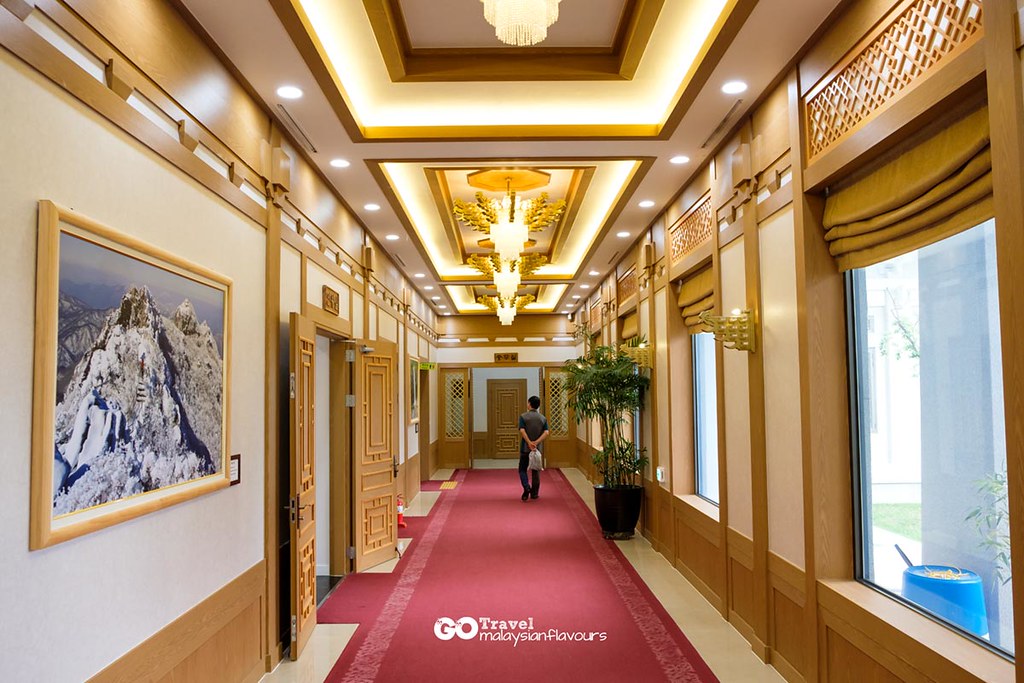
Inside, there are Sejong room one the first floor, used as meeting room and multipurpose facility.
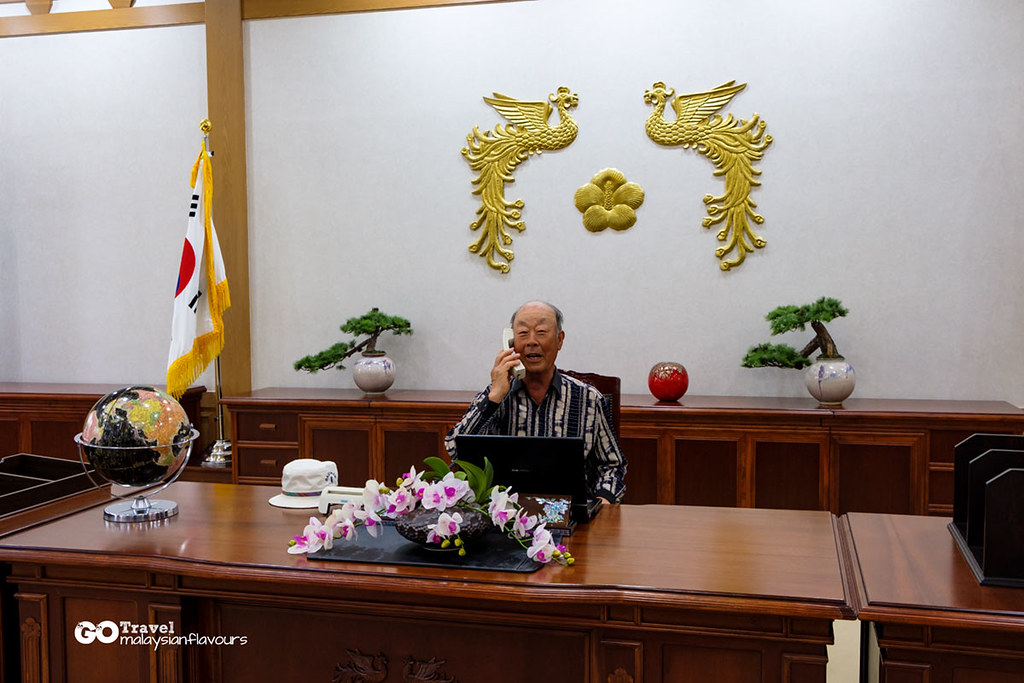
President’s working desk.
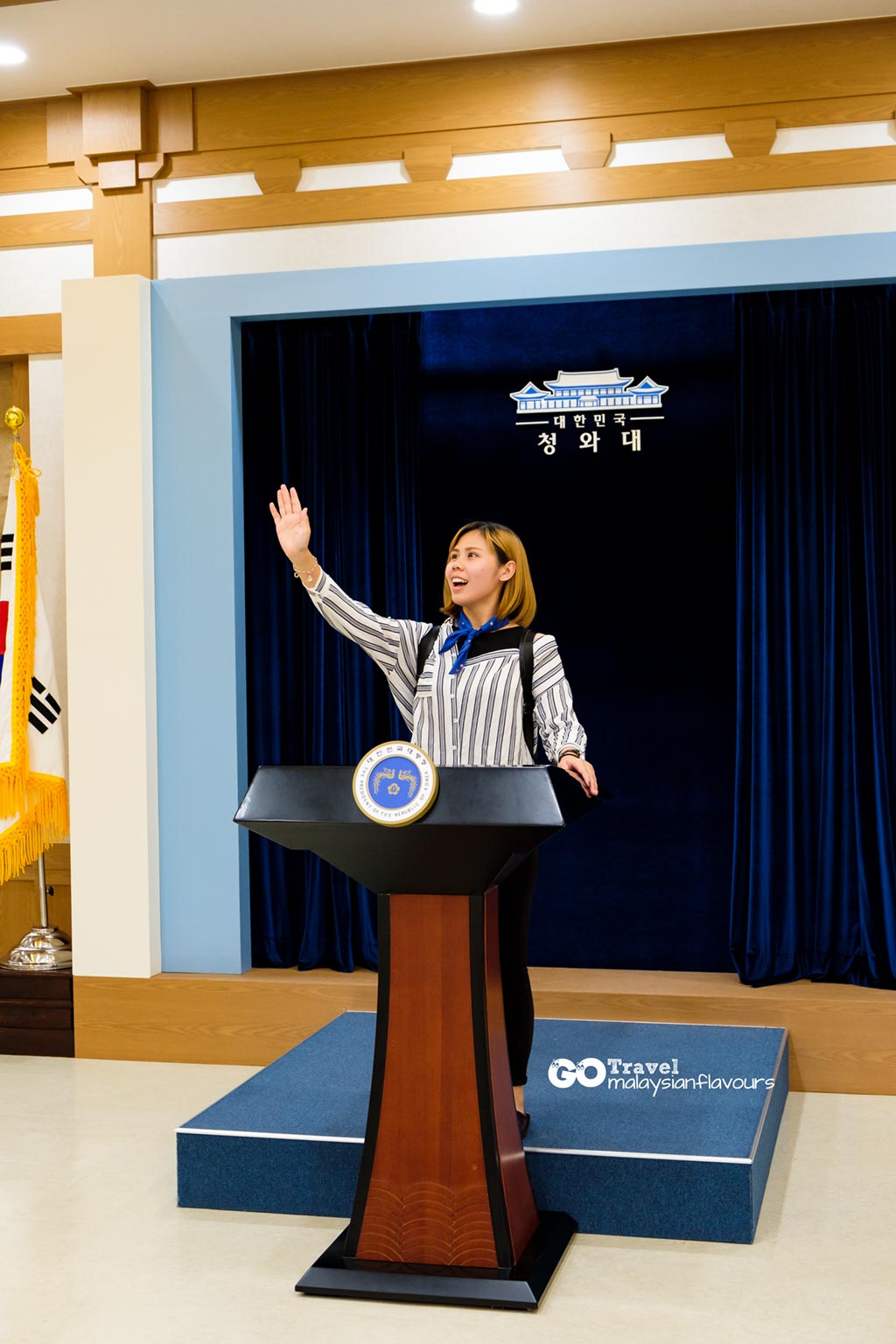
“President” is giving a speech. Hahahaha.
After some great time being a “president”, we reluctantly left Hapcheon and moved on to Sancheong, Gyeongnam – the home of Jirisan Mountain and Dongui Bogam.
*********************
-Sancheong-
3. Sancheong Donguibogam Village – Oriental Medicine Theme Park
Donguibogam Village 동의보감촌 (산청한방테마파크) is a traditional medicine healing site, the top 25 Wellness Tour Spot in Korea.
It put together Donguibonga Healing Town, Oriental Medicine Experience Hall, Medicinal Herb Eperience Theme Park, Oriental Medicine Natural Recreational Forest, Korean Traditional Medicine Museum, etc., all under one area.
It is a place to learn about the long history of Korean traditional medicine; to experience mind and body healing through the training of “Qi”, which means energy ” 氣”; and to get some relaxation from traditional thermotherapy.
Anti-aging program is available too!
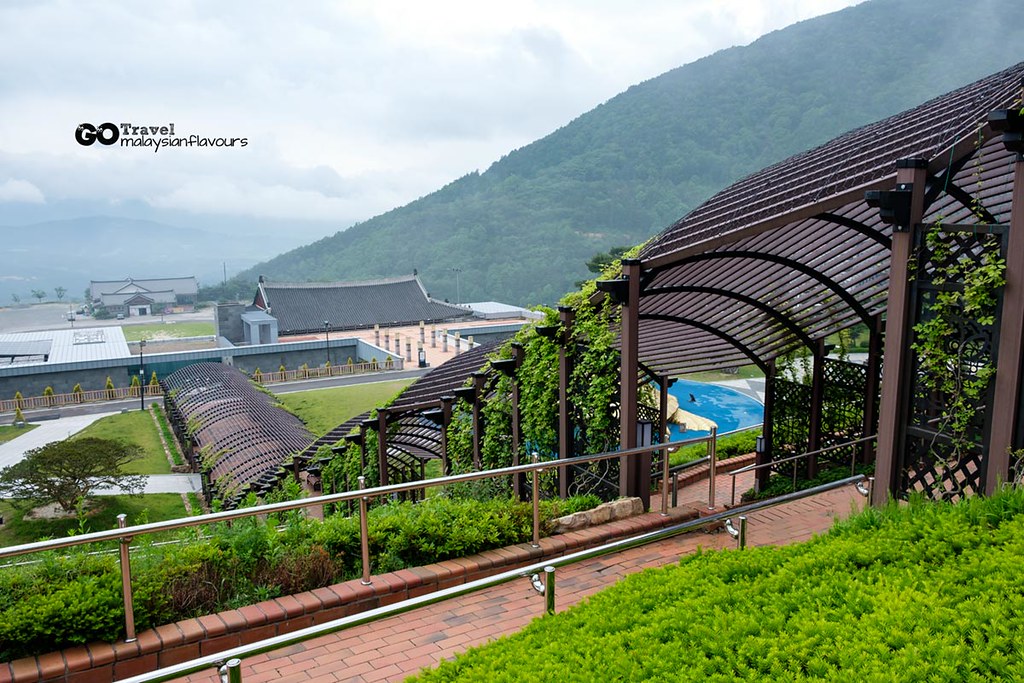
Covering a total of 1181m2 , Donguibogam Village is built following the concept of 5 elements of universe – wood, fire, earth, metal and water, a framework in traditional Korean medicine. Similar to Yin-and-Yang in Chinese medicine.
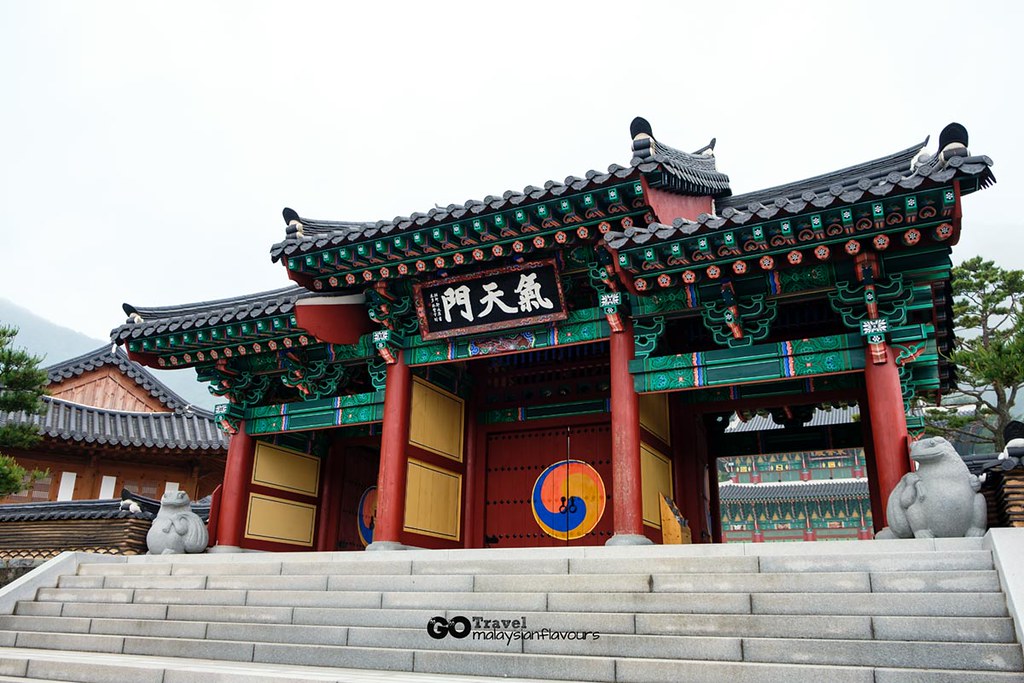
Oriental Medicine Qi Experience Hall
First theme, gather some good Qi from “magical rocks”, as Donguibogam Village is believed as a natural rest area radiating the mysterious energy of Baekdudaegan Mountain range.
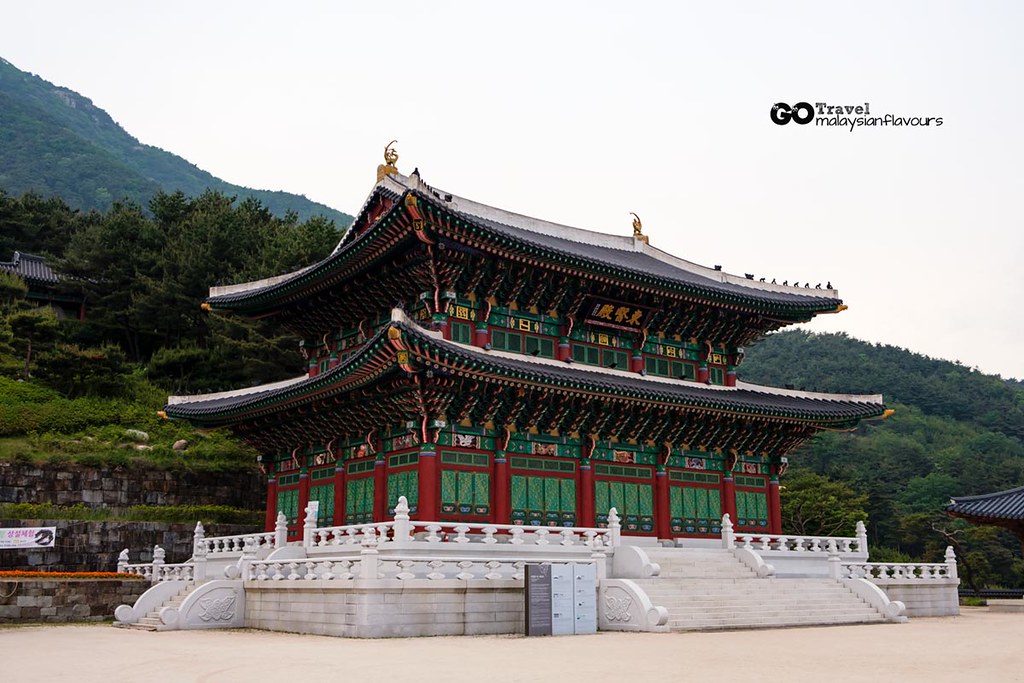
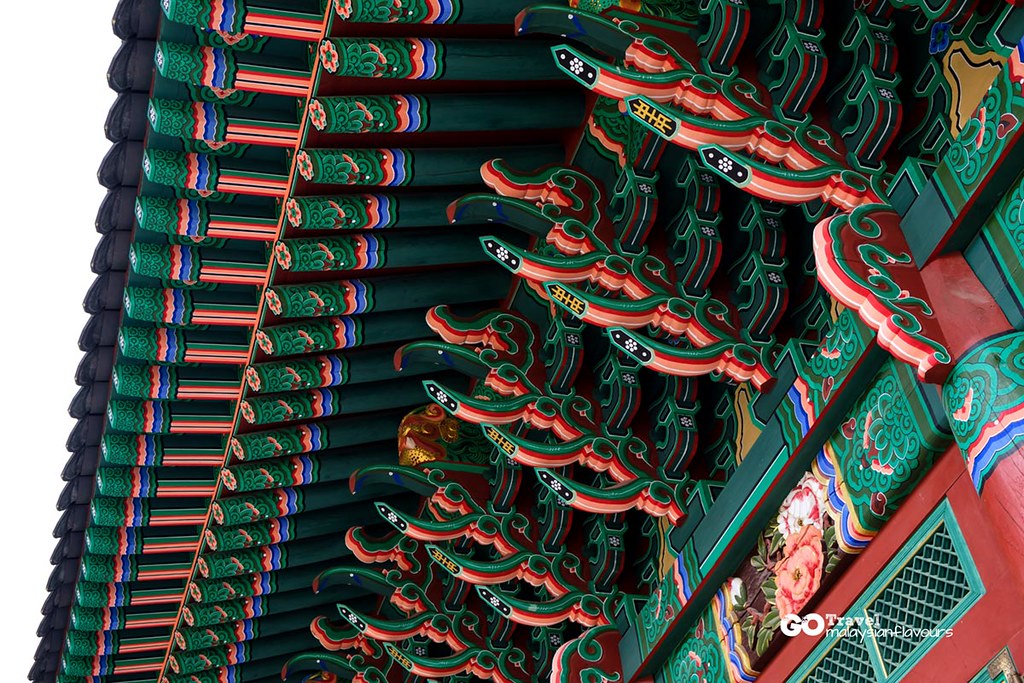
Donguijeon Hall
Gwigamseok, Seokgeong, Bokseokjeong – Feel the Power of “Qi”
Gwigamseok, Seokgeong, Bokseokjeong are the 3 most valuable rock stones in Sancheong area. They are called Samseok, or three stones.
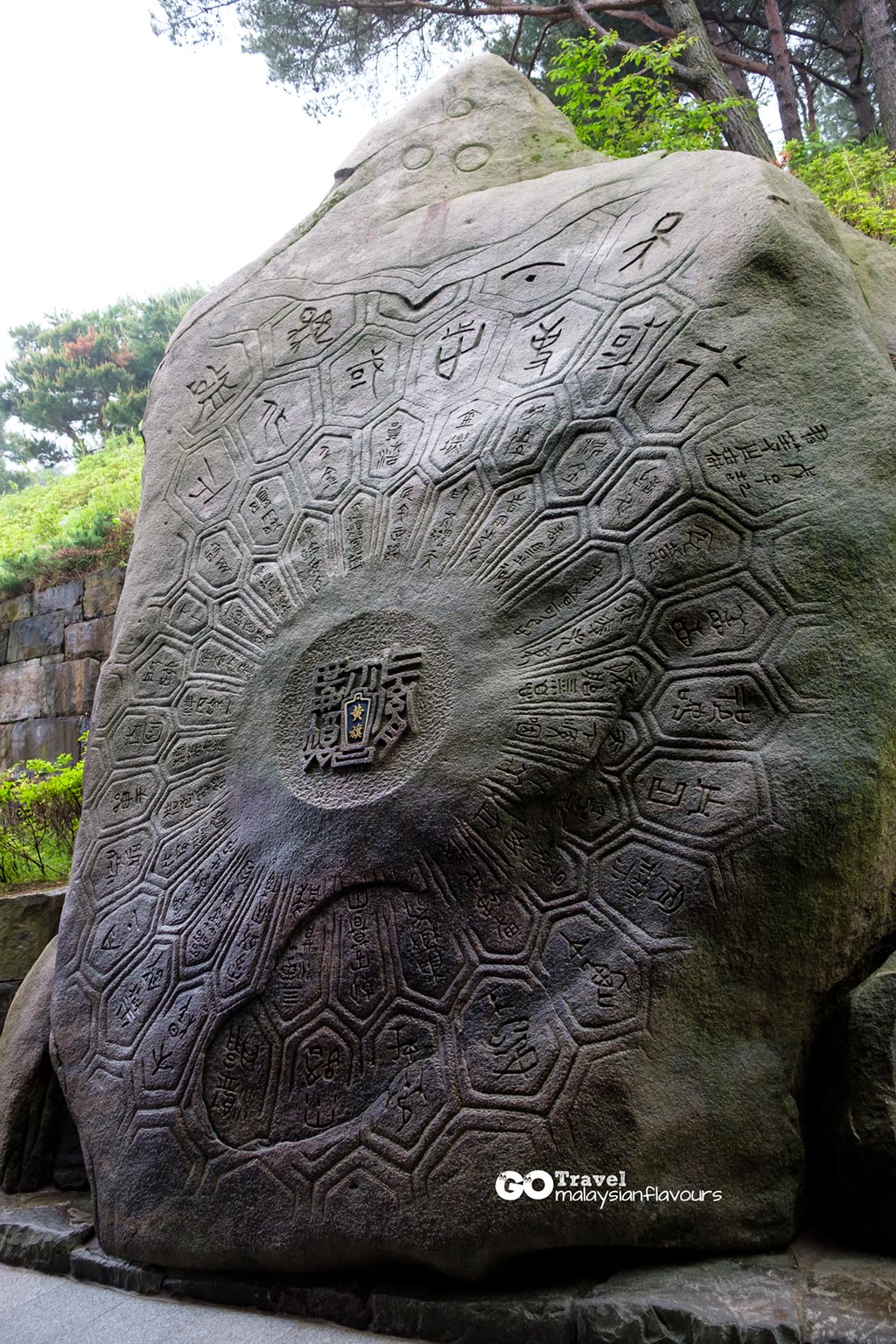
Gwigamseok, or turtle rock, is a 127-tons stone engraved with virtuous letters.
It is said that by placing your hands or body over the stone can help to renew your spiritual energy, and making your wishes come true with good Qi.
One of the famous examples is KTO President Lee, who visited Sancheong with KTO in 2009. He had no connection with the organization back then, but was recommended as president not too long afterwards.
Hence, many people has started to believe the power of Gwigamseok, and begin visiting Donguibogam Village.
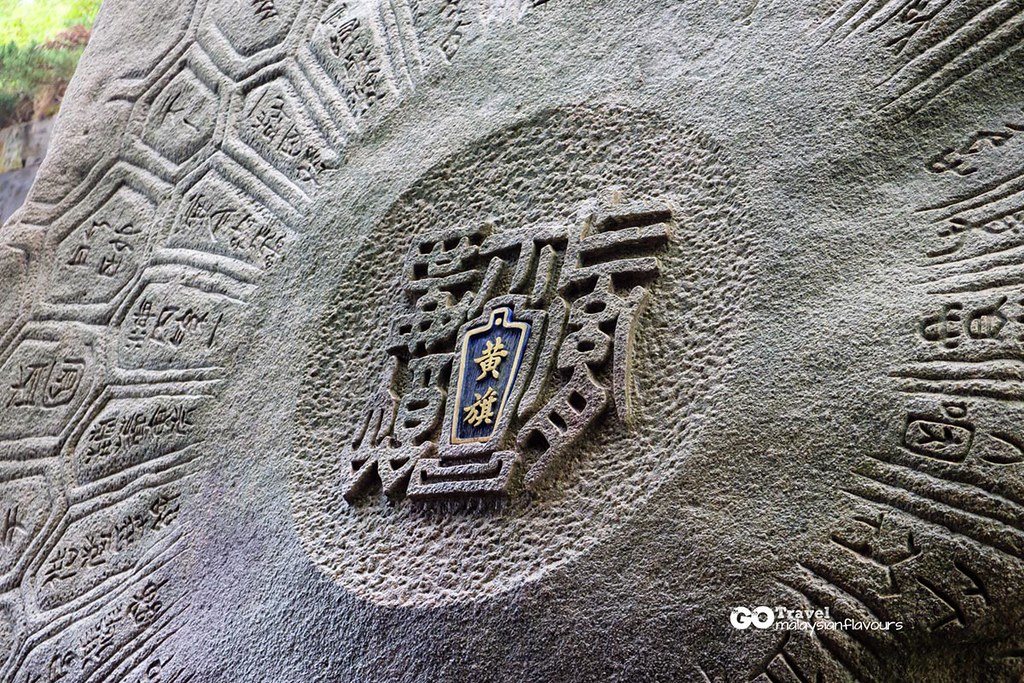
So make sure to gain some good Qi when you come here!
Sancheong Korean Traditional Medicine Museum
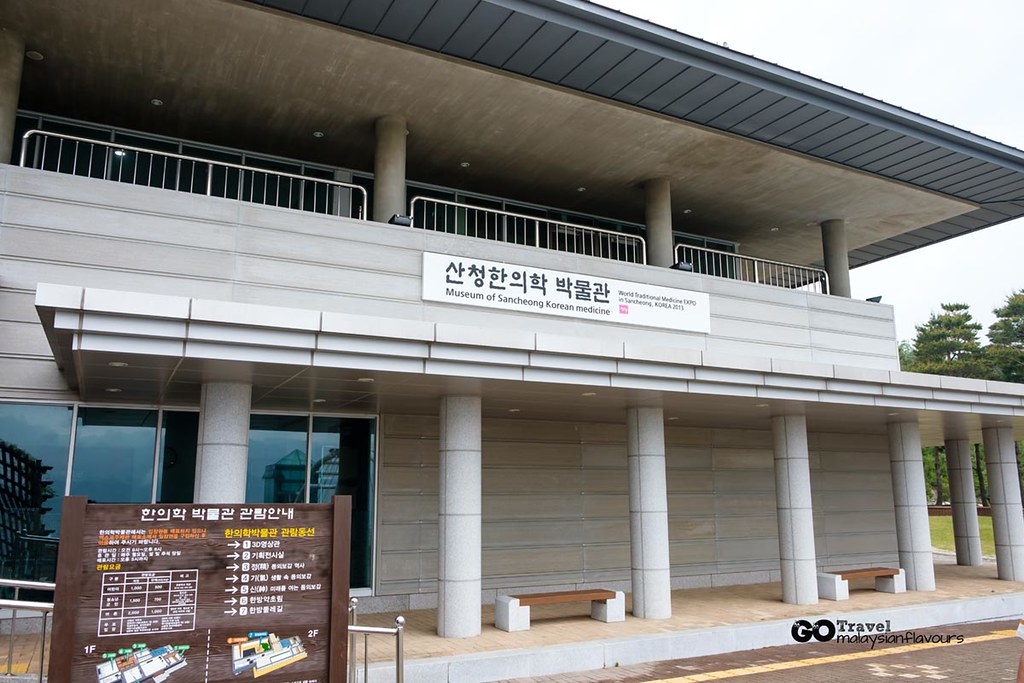
Next theme, to Sancheong Korean Traditional Medicine Museum for Learn about the history of Korean traditional medicine.
Donguibogam
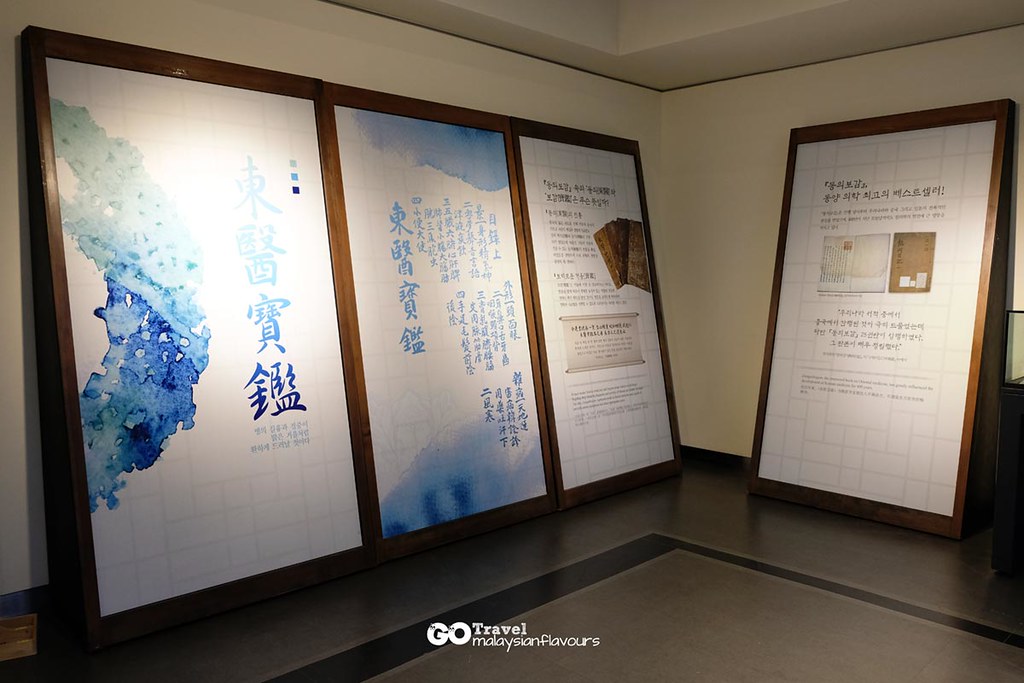
Saw a sample of Donguibogam 동의보감/ 東醫保鑑
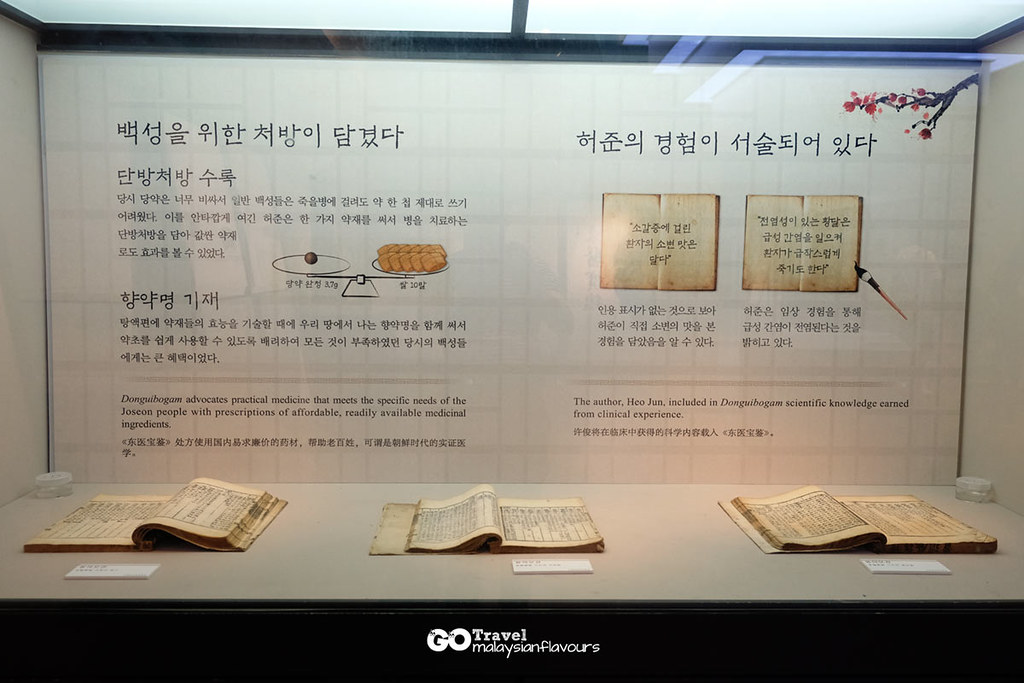
It is a book compiled by royal physician Heo-Jun, and claimed to be “a priceless book about the medicines of Eastern Country”
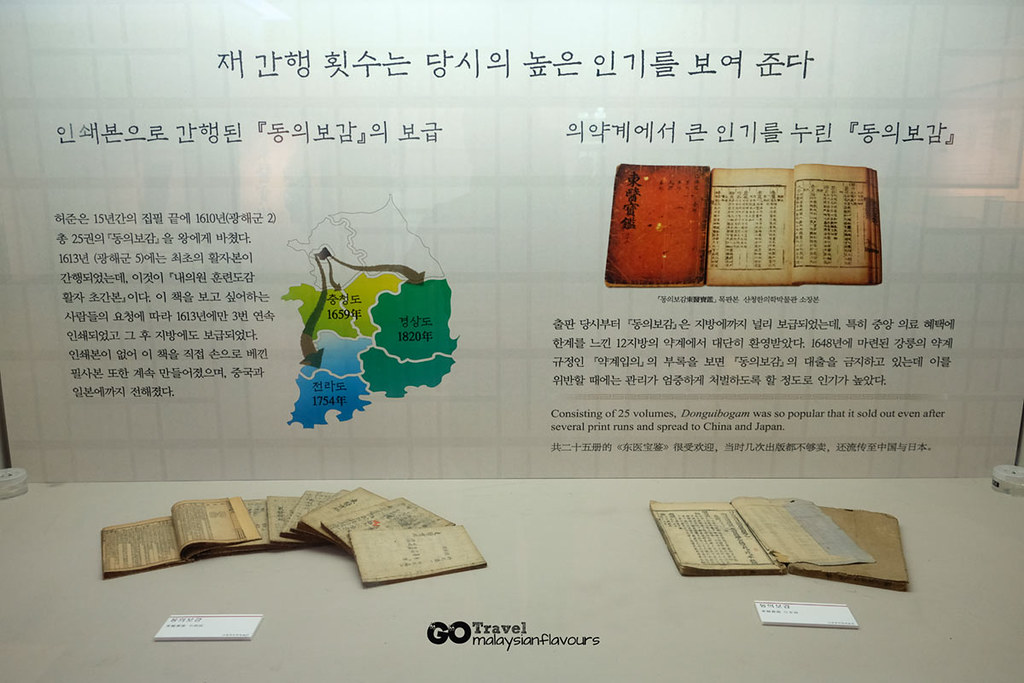
Donguibogam had a great value for the common people of Joseon in their impoverished state after 1592 Japanse invasion, as it has prescriptions of affordable, readily available medicinal ingredients.
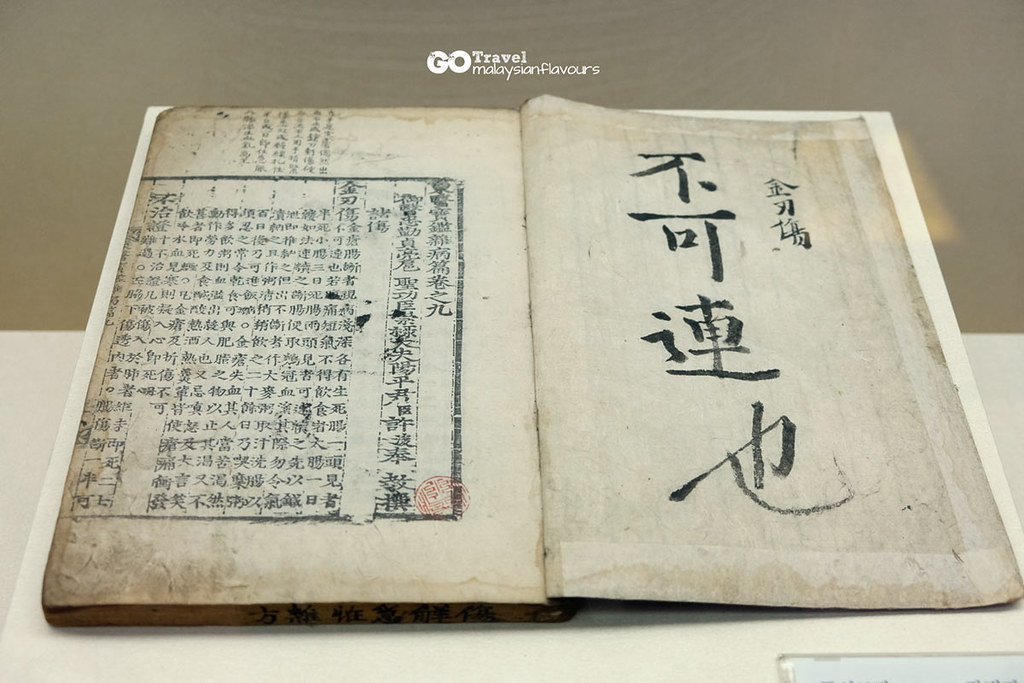
The book is an important medicine reference source, categorizes symptoms and remedies for specific organs, not diseases.
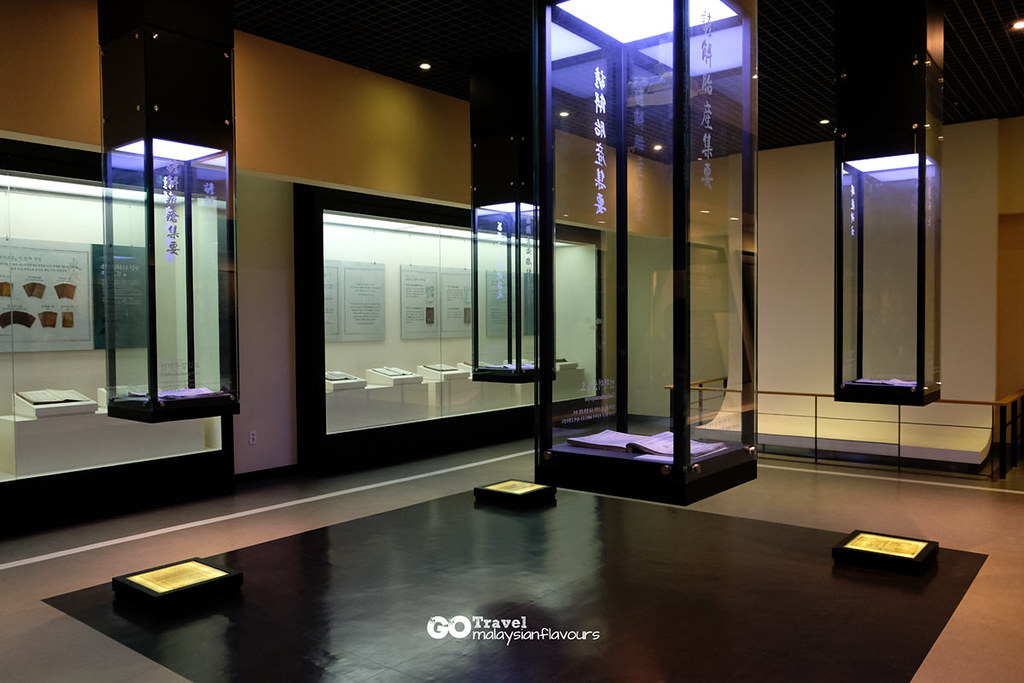
Basic elements of human body are addressed, arranged according to the order of heaven, earth and man – all in 5 chapters of details.
Museum of Sancheong Medical Centre – Hanbang Experience
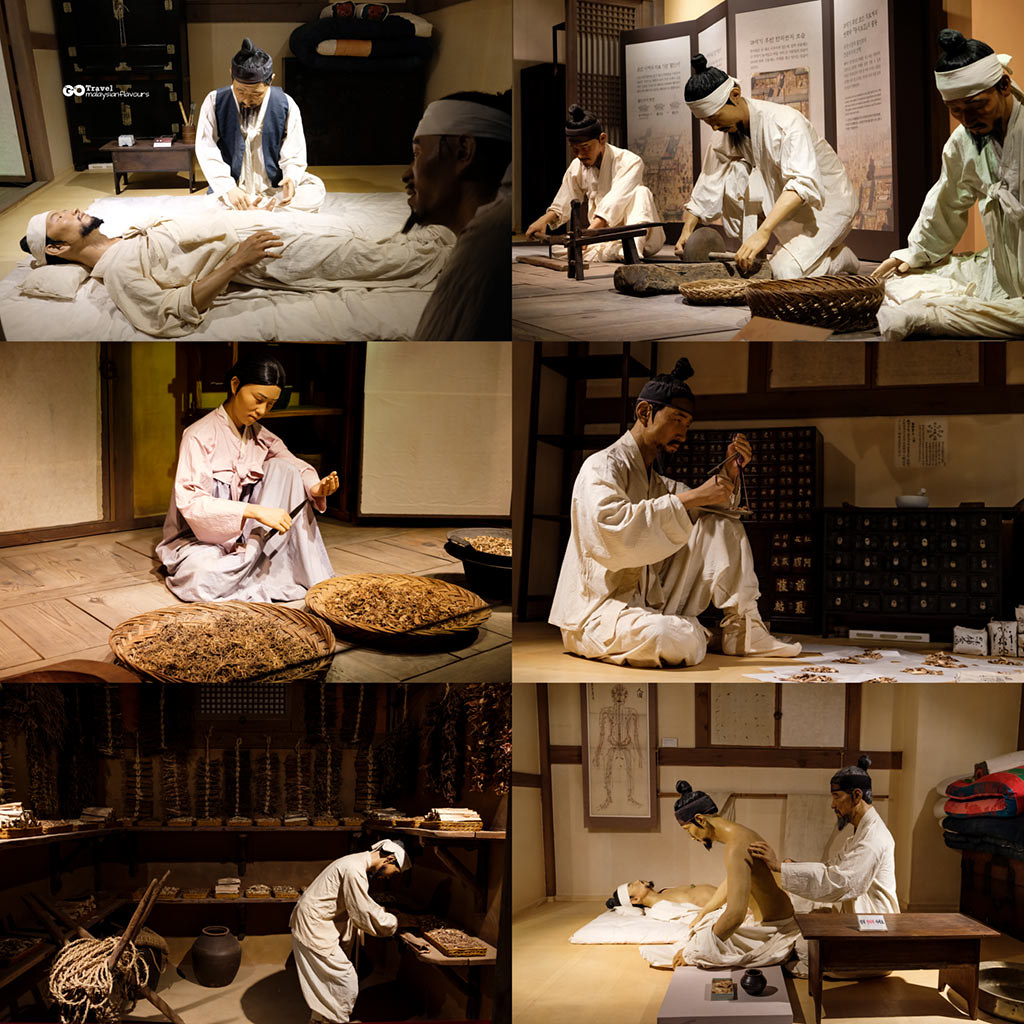
Continue to obtain some first-hand learning on Korean traditional medicine, or Hanbang.
Third stop, to the Oriental Medicine Theme Park with various sculptures where we get to take photos with.
The must-see Gold Longevity Turtle!
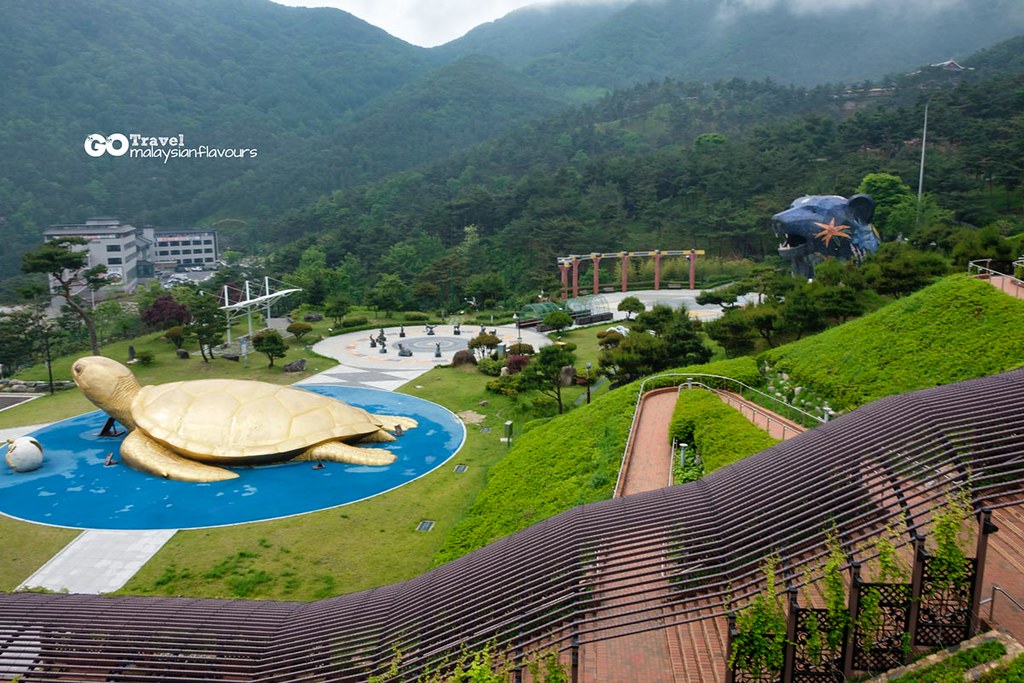
Many of the statues and monuments displayed in the park, are made from eco-friendly materials.
Expo Theme Hall
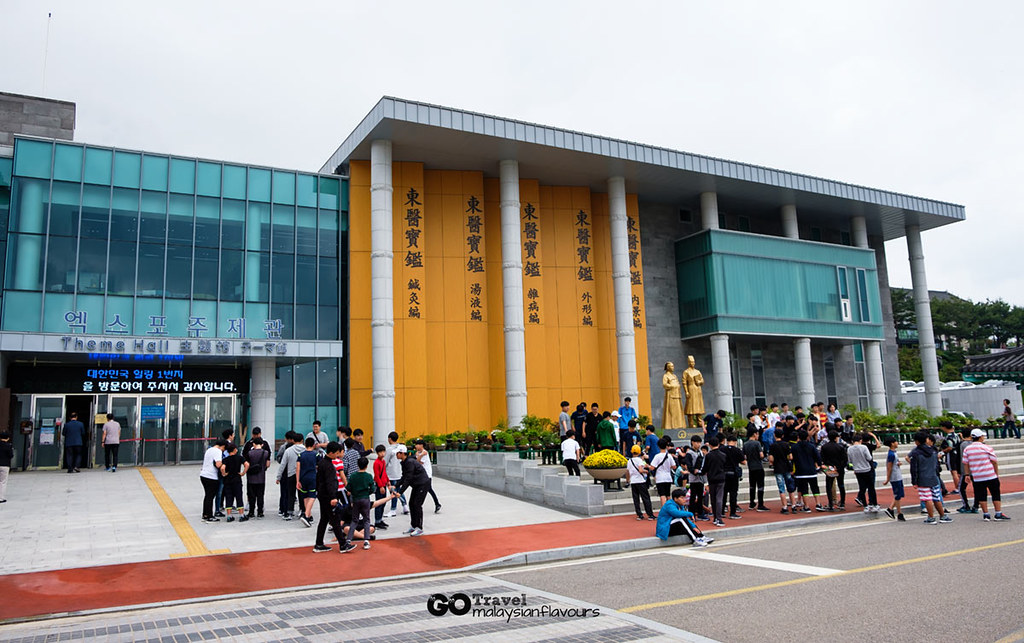
Reached Expo Theme Pavilion after that.
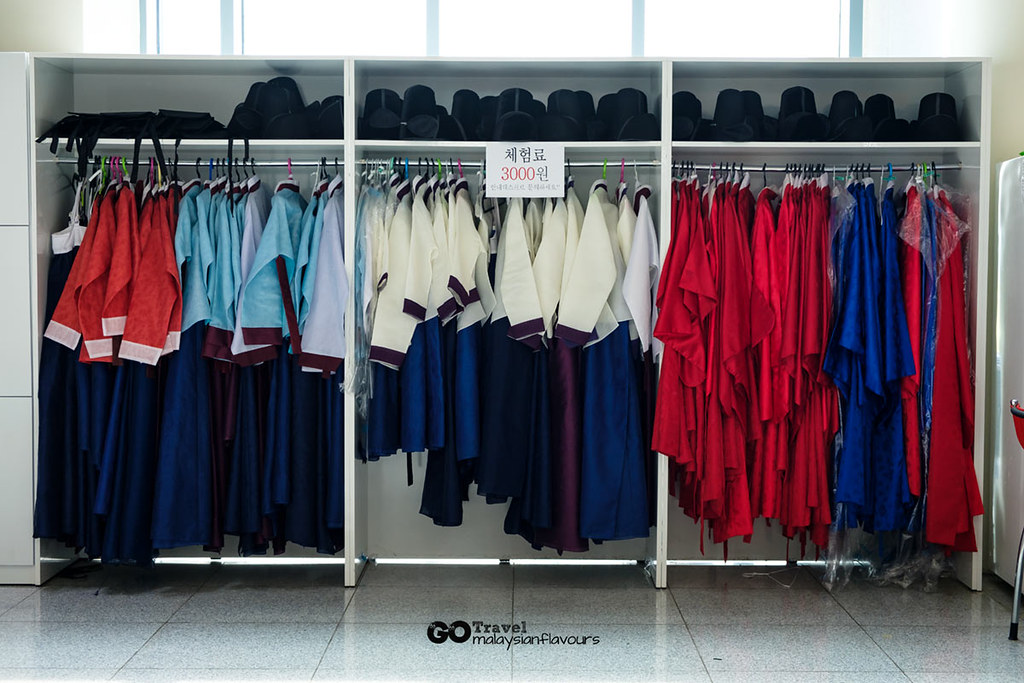
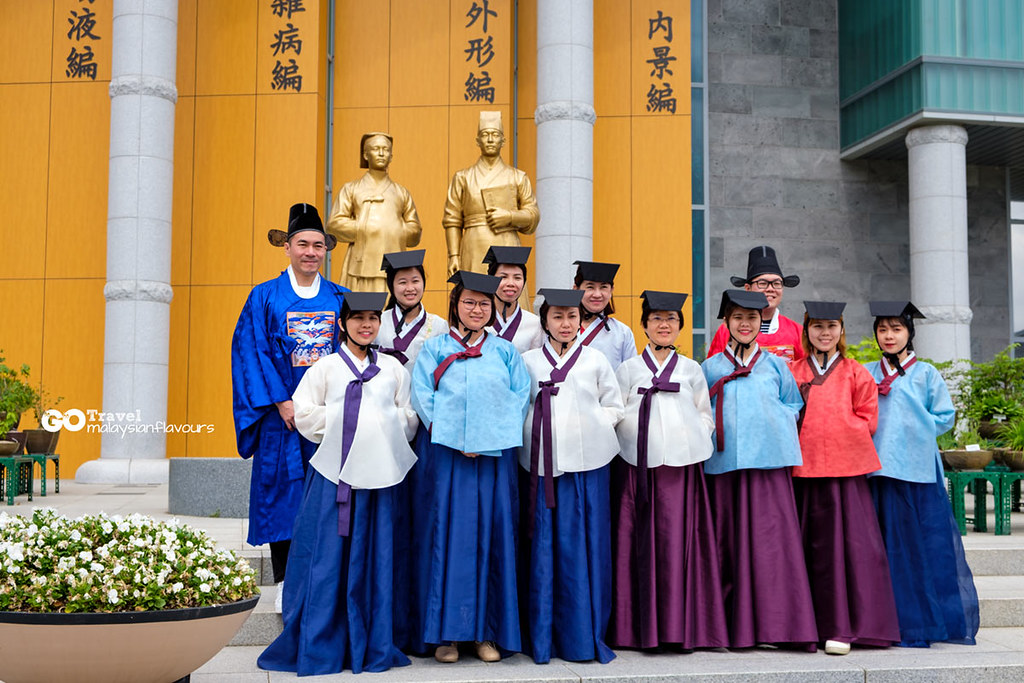
This is where we get to change into traditional Korean costume, Hanbok and have some pictures.
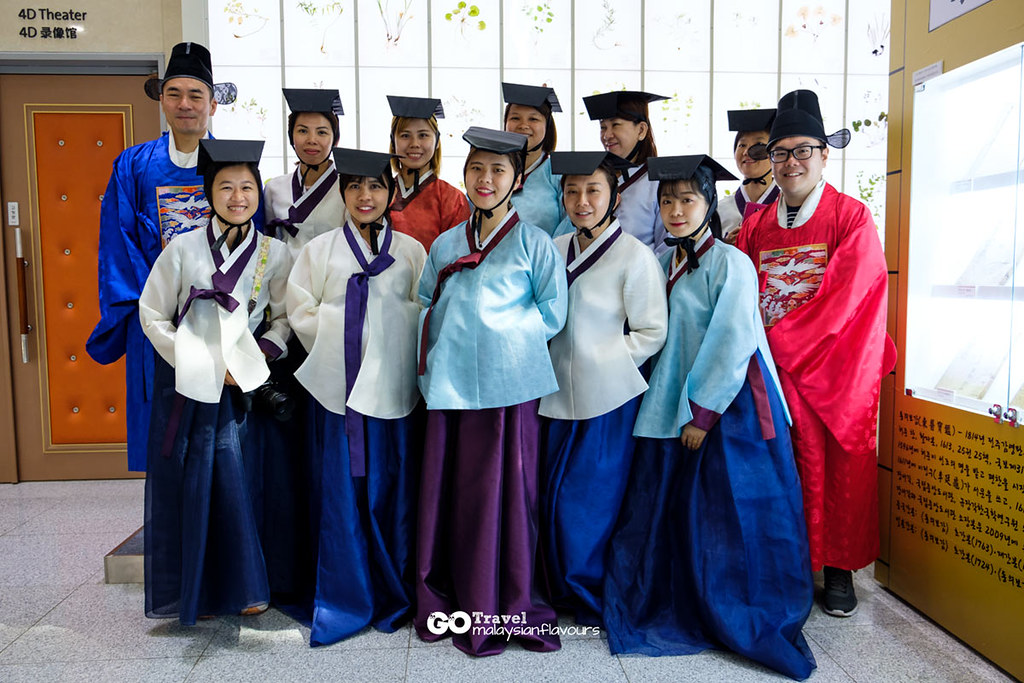
Errr….this look. Haa-haa-haa.
Donguibonga House Medicinal Herb Spa
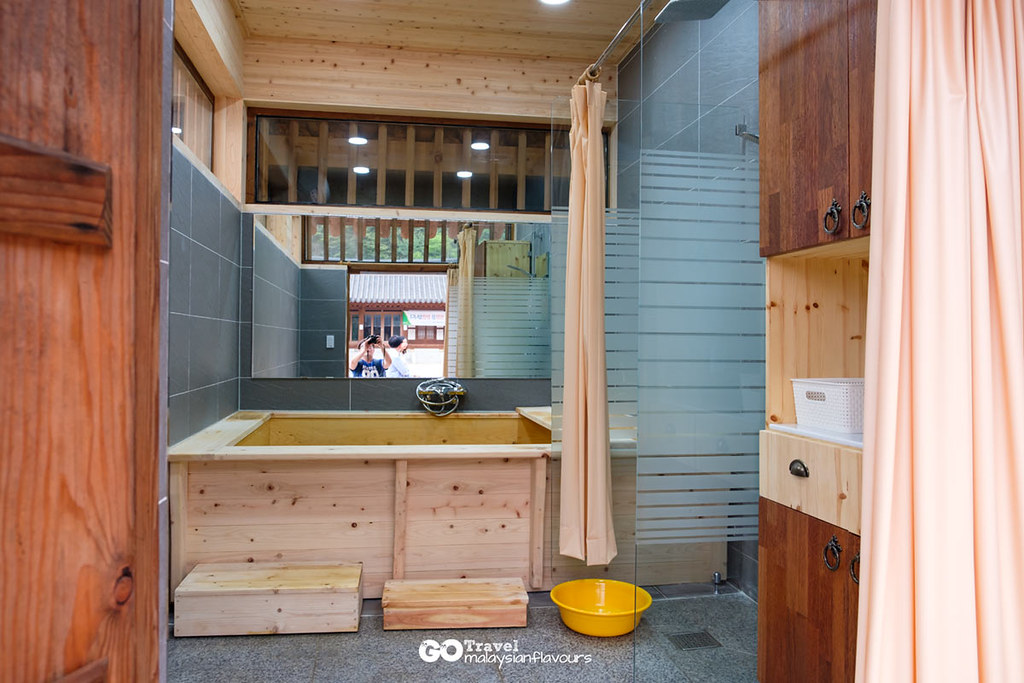
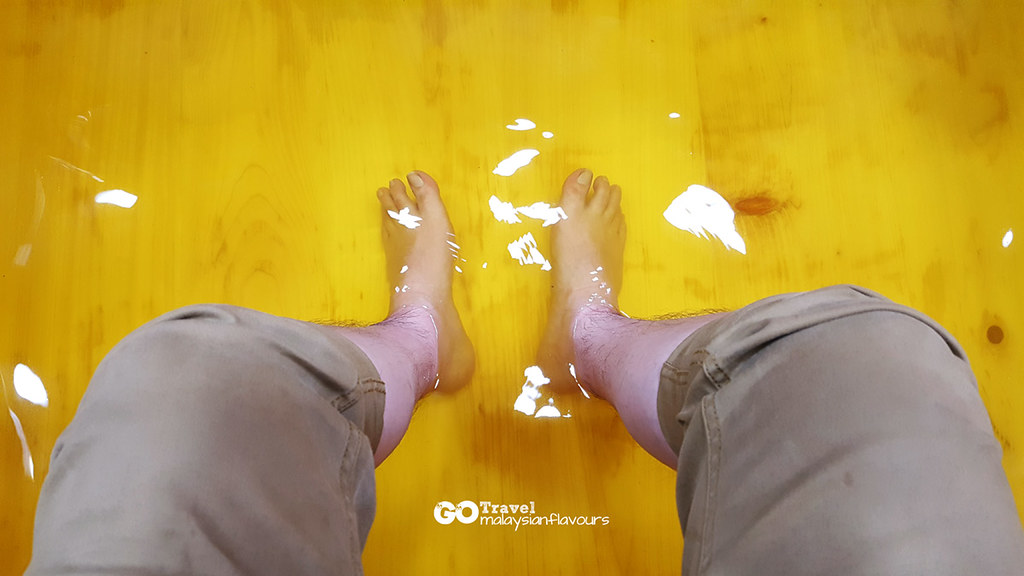
We didn’t join any healing program, but still had a 40 minutes medical foot spa at Dongui Bonggo House – the stop for oriental medical treatment.
Address:
Donguibogam Village
45-6, Donguibogam-ro 555beon-gil,
Geumseo-myeon, Sancheong-gun, Gyeongsangnam-do, Korea
Website: http://dv-eng.sancheong.go.kr/
5. Sancheong Family Hotel
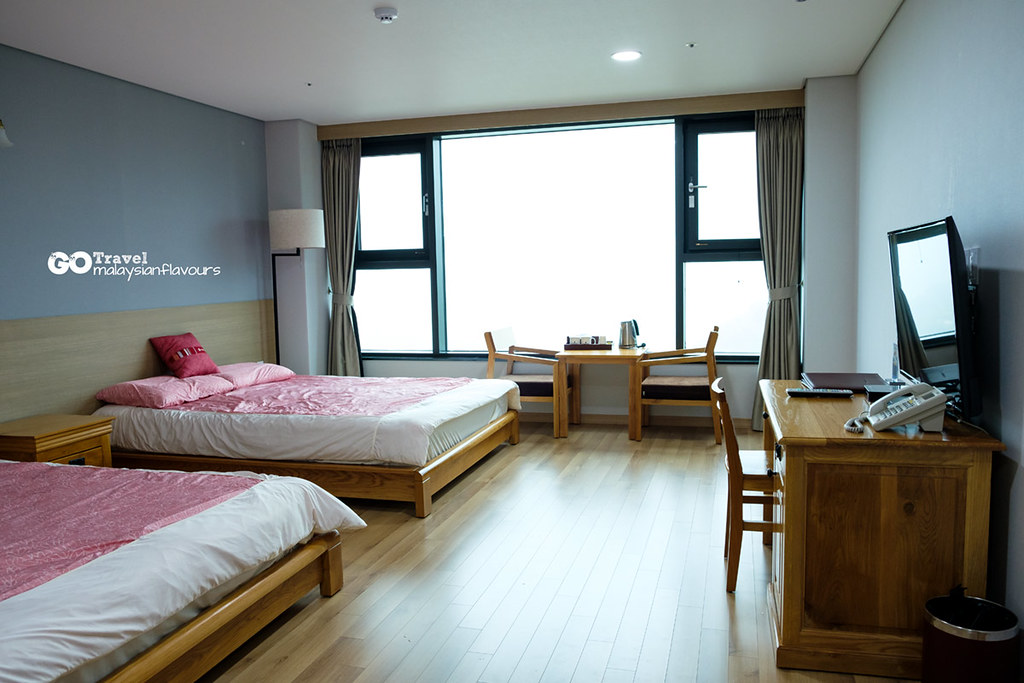

Checked into Sancheong Family Hotel, an accommodation offered in the village, near to the herbal foot spa house.
Address:
Oriental Hotel Sancheong family
43, Geumseo-myeon, Sancheong, Gyeongsangnam-do, South Korea.
6. Dinner!
Dinner was again a colourful spread, with lots of vegetables and herbs filling up the table space.
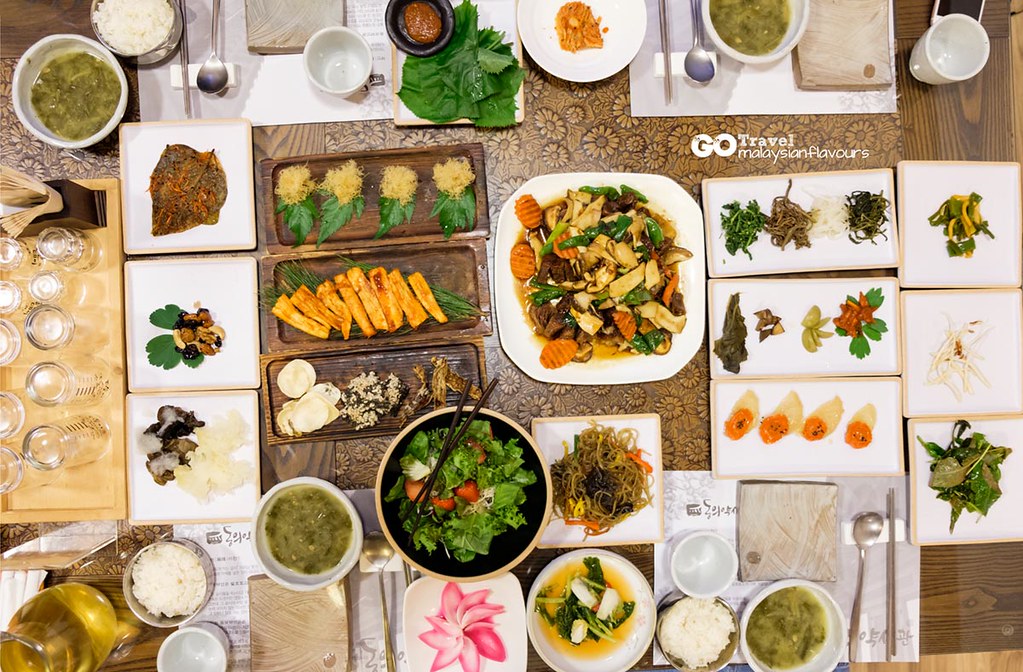
Went to bed early that night, as we were up in the hill with no city entertainment. LOL. This also gave us a chance to have a very restful stay, away from the city, surrounded by nature.
Good night!
-Tongyeong-
7. Skyline Luge
From peaceful healing village, we switched to a beautiful port city filled with traditional art, scenic views of Hallyeosudo Waterway, exciting Skyline Luge, marine watersports, sea fishing, bicycle hiking and more, which is – Tongyeong.
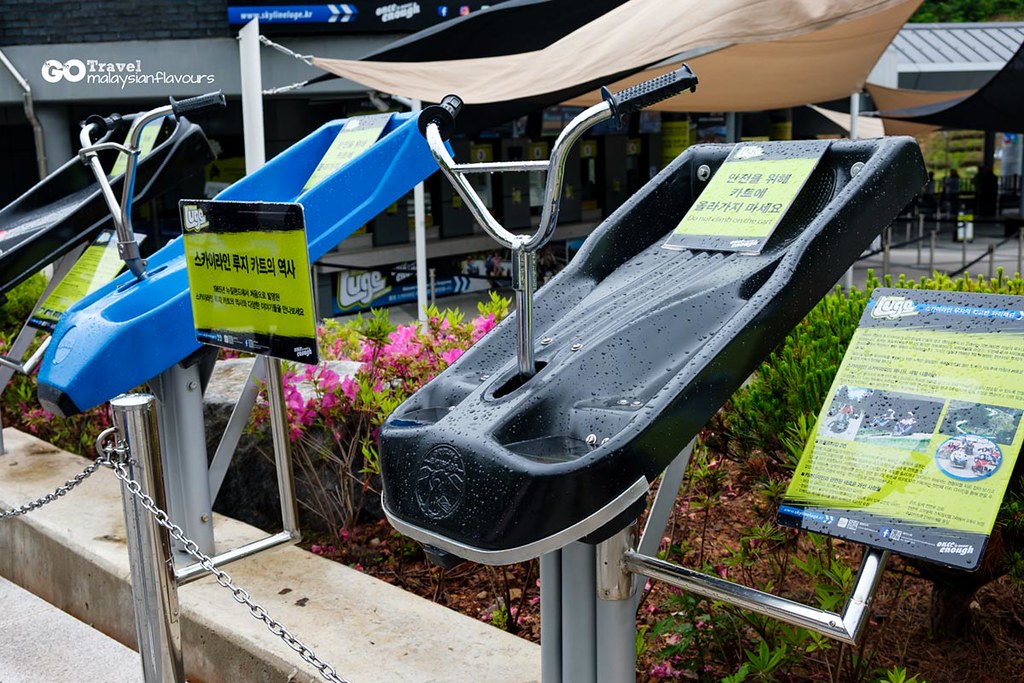
And the day started in an exciting way at Skyline Luge – a unique wheeled-gravity ride on purpose-built track!
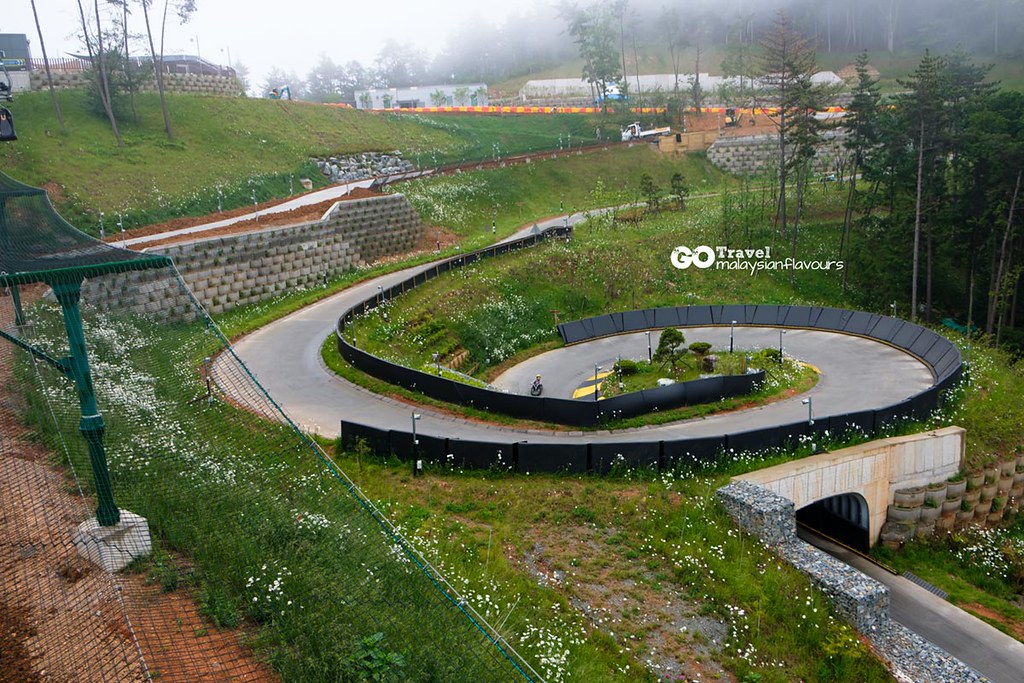
It began in New Zealand and available only in 6 places internationally – Queenstown, Rotorua, Calgary, Mont Tremblant and Tongyeong!

Skyline Luge Tongyeong is the first, and the only official Skyline Luge in Korea.
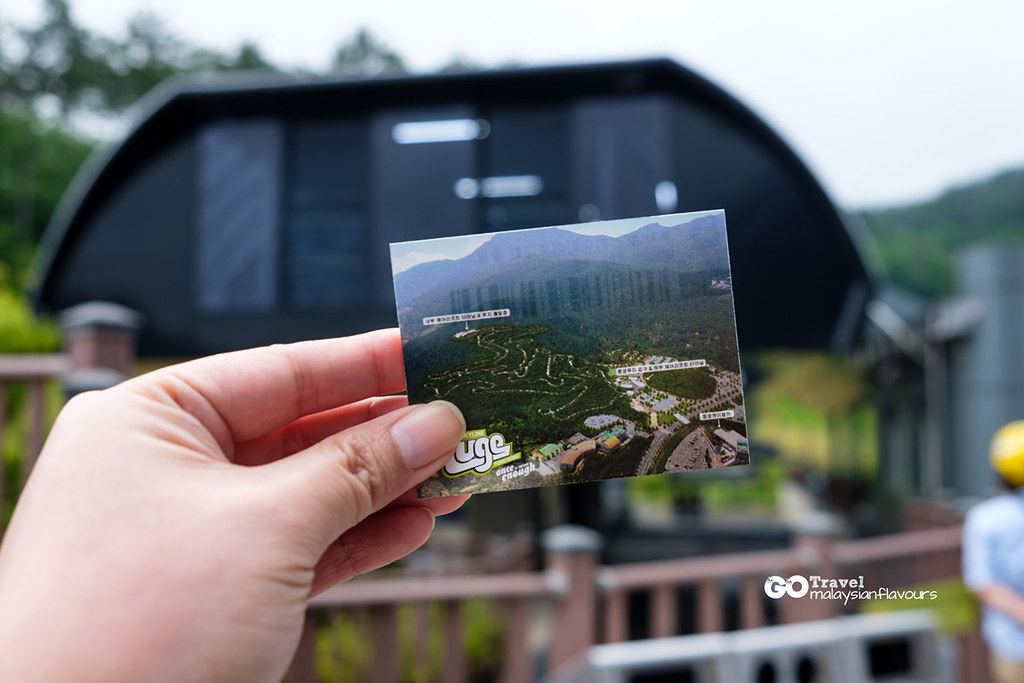
Ticket bought. Ready to on board. #Excited
8. Skyride
Took the Skyride, where it transported us to the top of the Luge tracks while giving us a nice view of Hallyeo National Marine Park and hundreds of islands dotting the coastline from top.
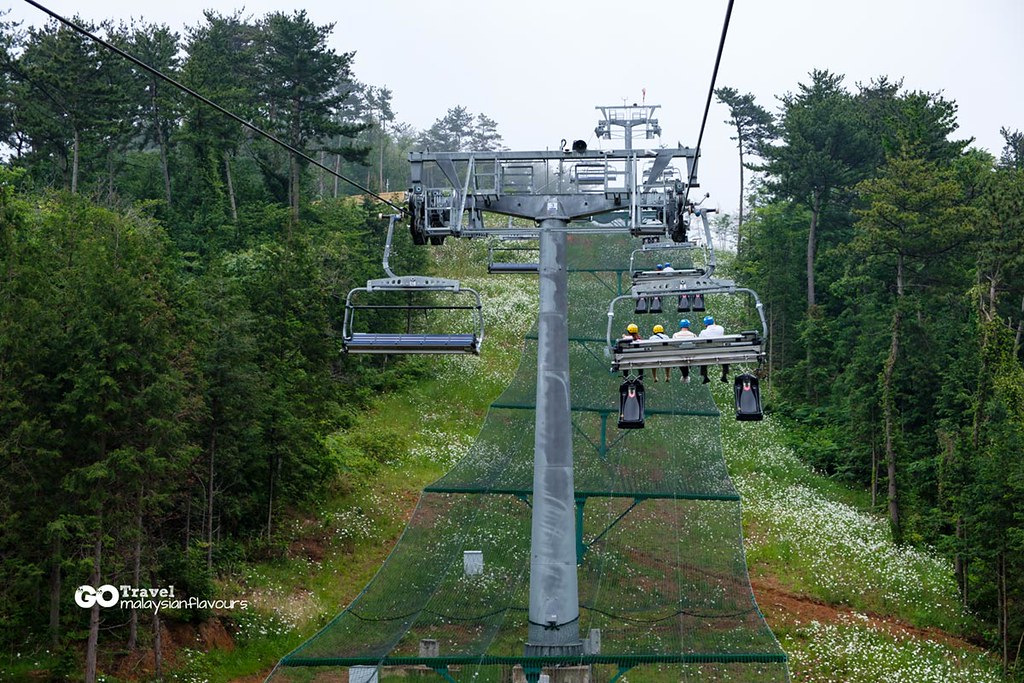
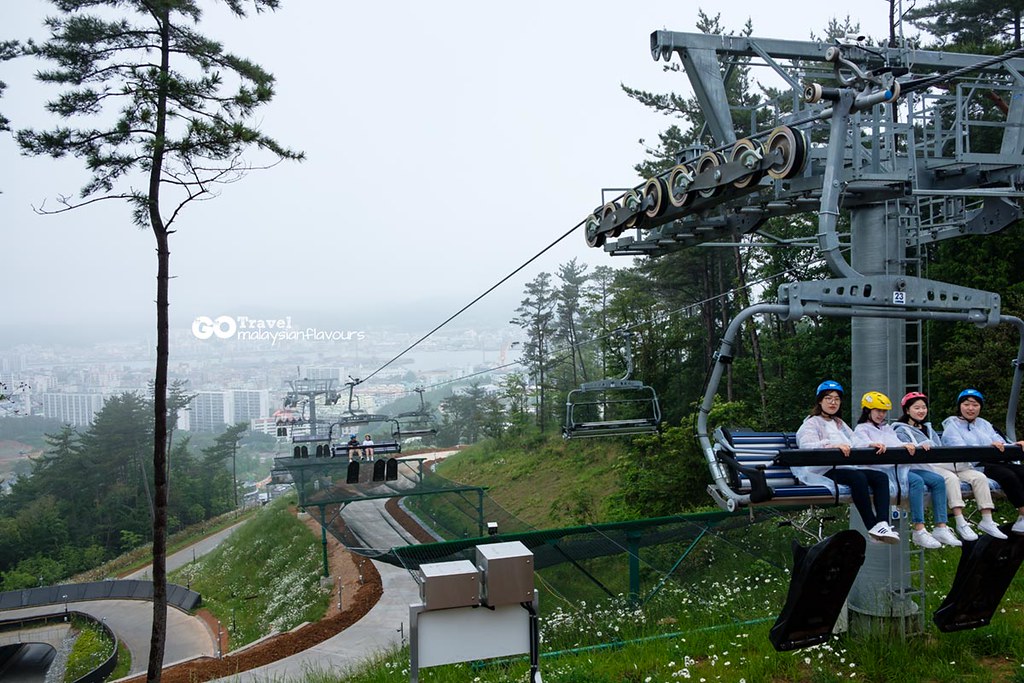
Tongyeong Cable Car over our head. LOL.
Yass…here we are! Ready to have our downhill ride over the 1.5KM Luge track!
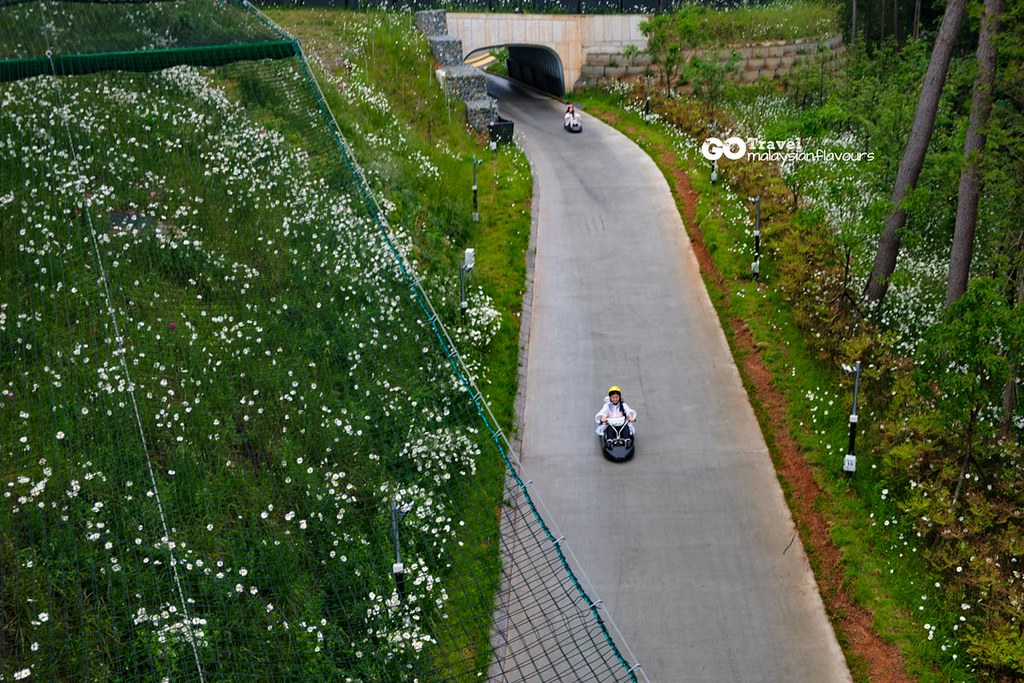
1 2 3 …GO!
Love this activity. Gonna come back again if we had the chance. By the way, a new skyline Luge will be opening in Busan in few years time. So just come to Tongyeong for this fun ride in the meantime!
Address:
Tongyeong Skyline Luge
178 Balgae-ro, Tongyeong,
Gyeongsangnamdo, South Korea
Phone: 070-4731-8473
Email: tongyeong@skylineluge.com
Website: https://www.skylineluge.com
Opening Hours: Mon-Thu 10AM-6PM/ Fri 10AM-7PM / Sat, Sun 9AM-7PM
Ticket Price:
Luge & Skyride 12,000won / Person
Three Luge & Skyrides 20,000won / Person
Five Luge & Skyrides 28,000won / Person
**********************
9. Tongyeong Donpirang Village – The Wall Painting Villge
The sky turned gloomy after the ride, so we stayed indoor and waited for the weather to get back a little better before heading to next destination – Donpirang Village 동피랑마을.
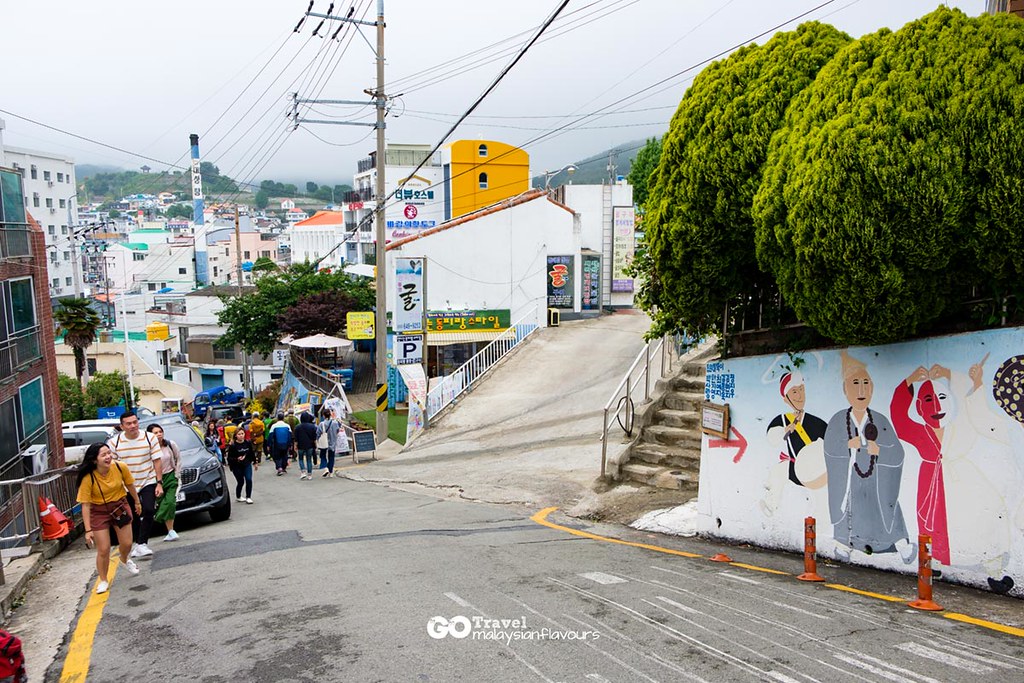
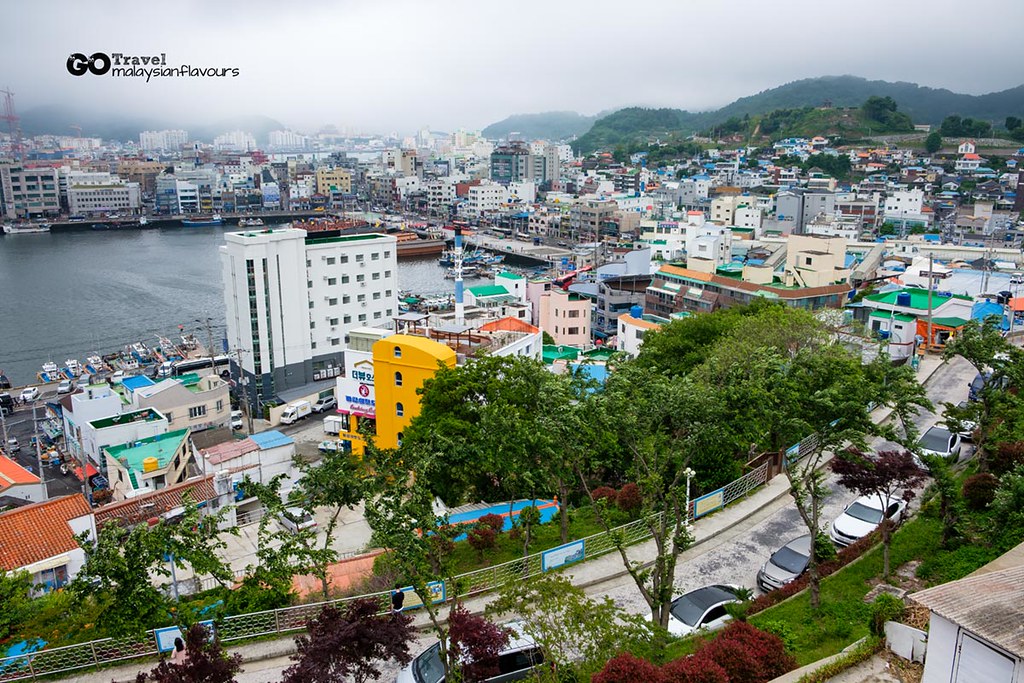
Donpirang Village is situated on a hill up from Gangguan Harbor.
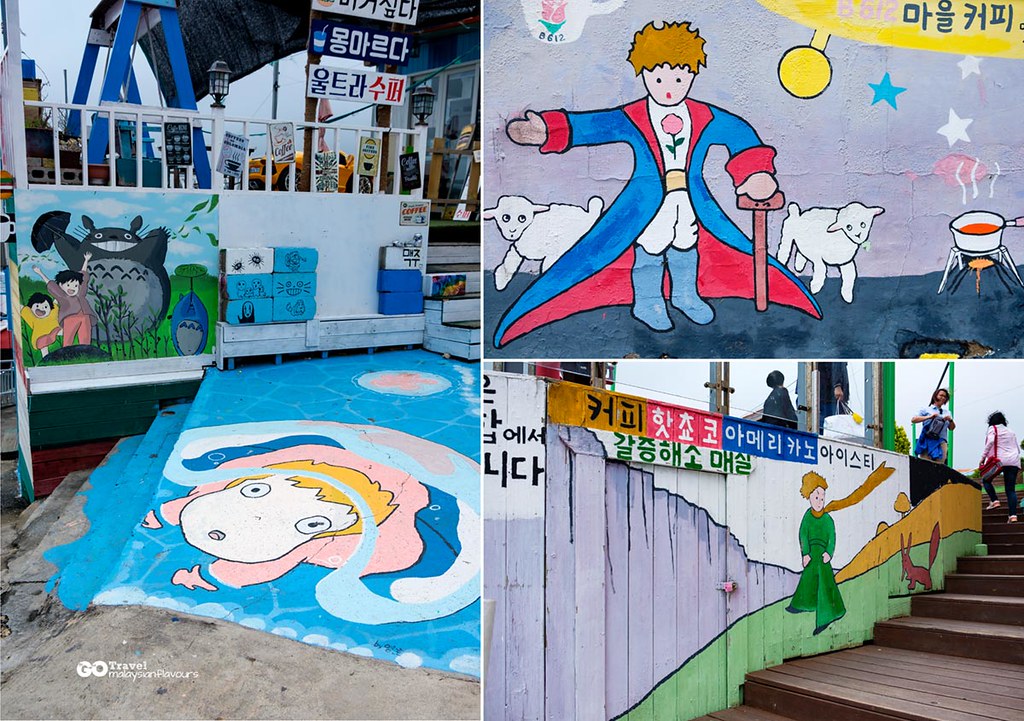
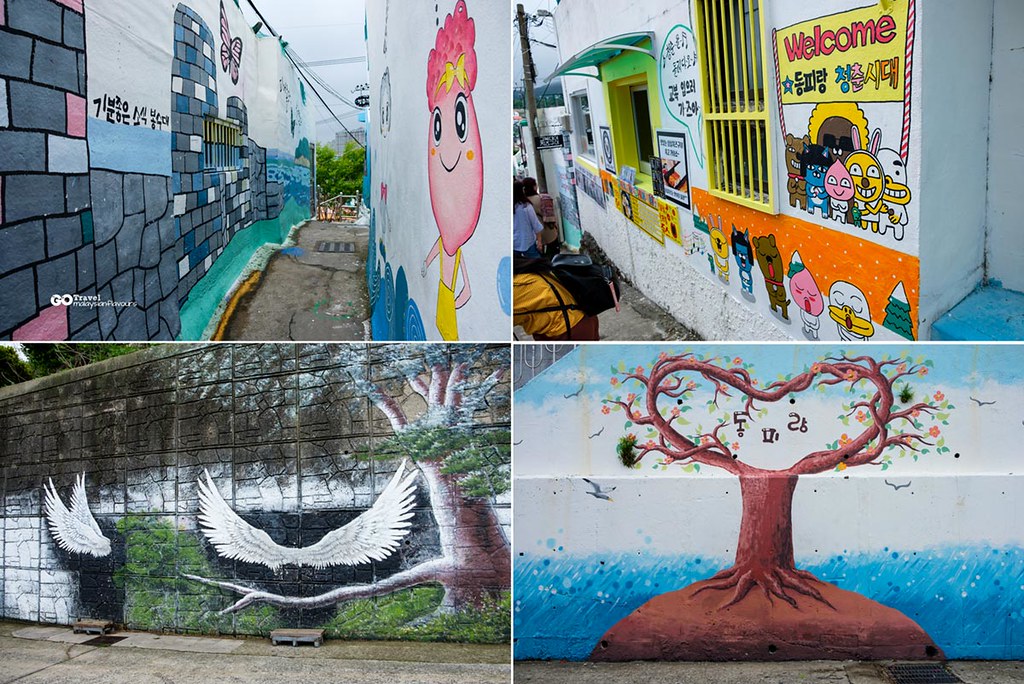
Colourful paintings all over the walls throughout the residential quarters make this village so lively!
But you might not know that Donpirang Village was once a quiet town, until it almost got set for demolition to make way for an apartment complex.
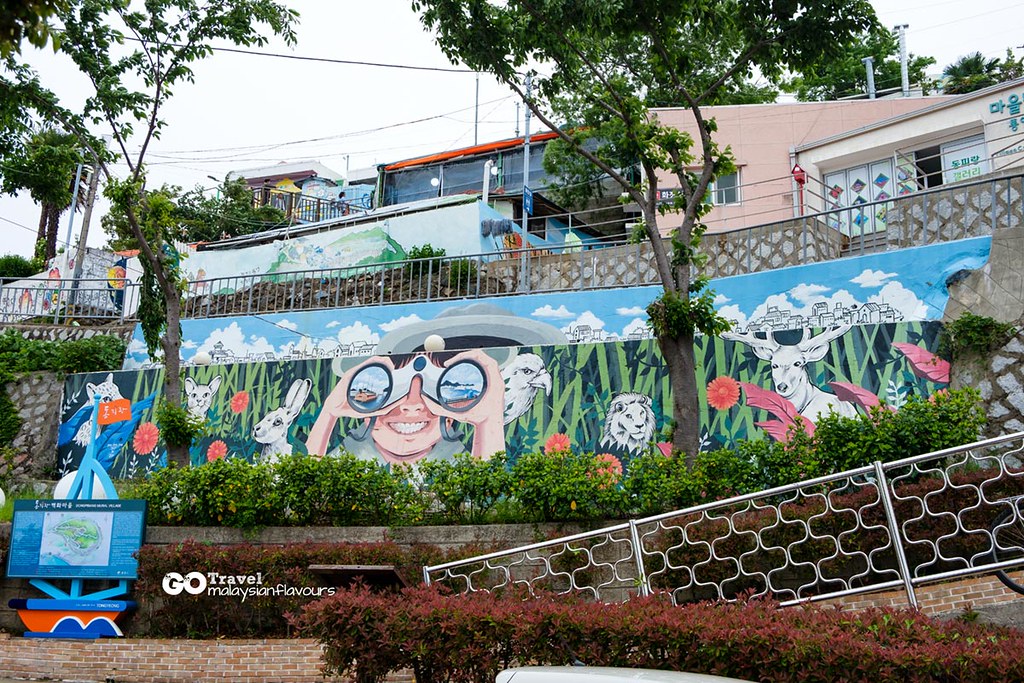
Thanks to Tongyeong Agenda 21, an association in Tongyeong that gathered people throughout the nation to paint murals on walls of Dongpirang-gil Street in October 2007, the town is finally preserved and revitalized.
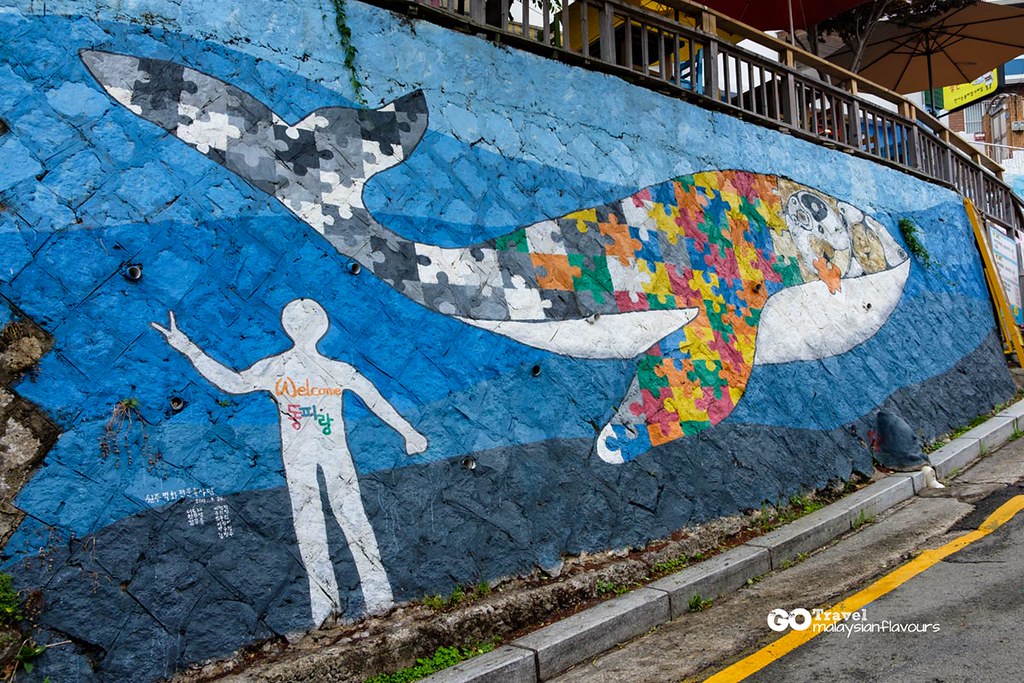
The whole village is filled with beautiful wall paintings, given new faces and becomes a proud Tongyeong tourist attraction now!
Each mural is a photography spot, like HyeHwa Station Ihwa Art Mural Streets we visited in Seoul.
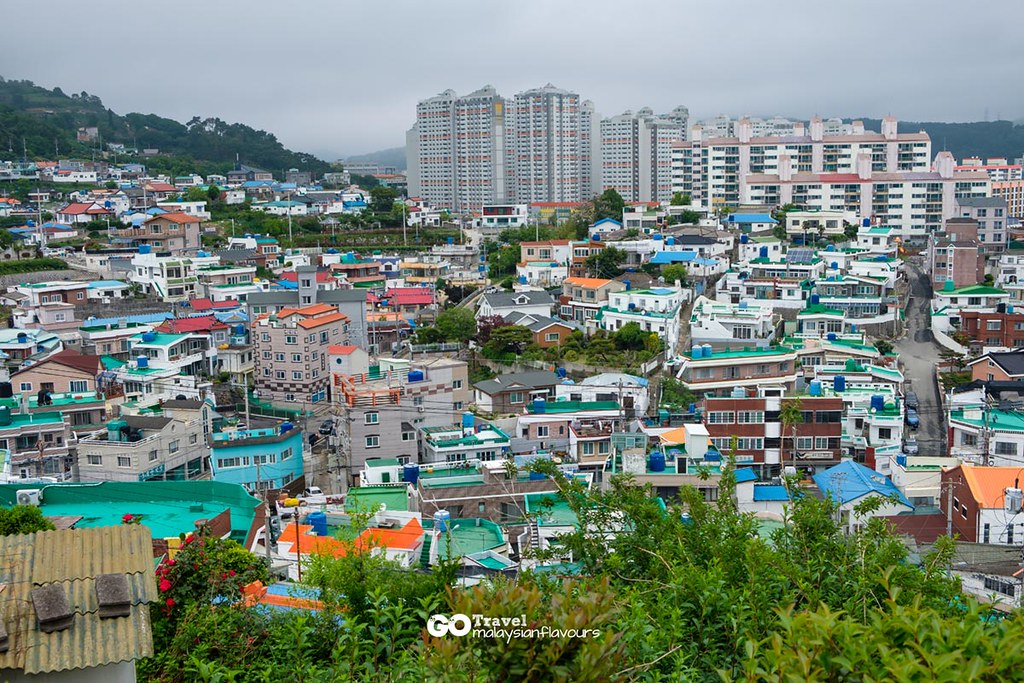
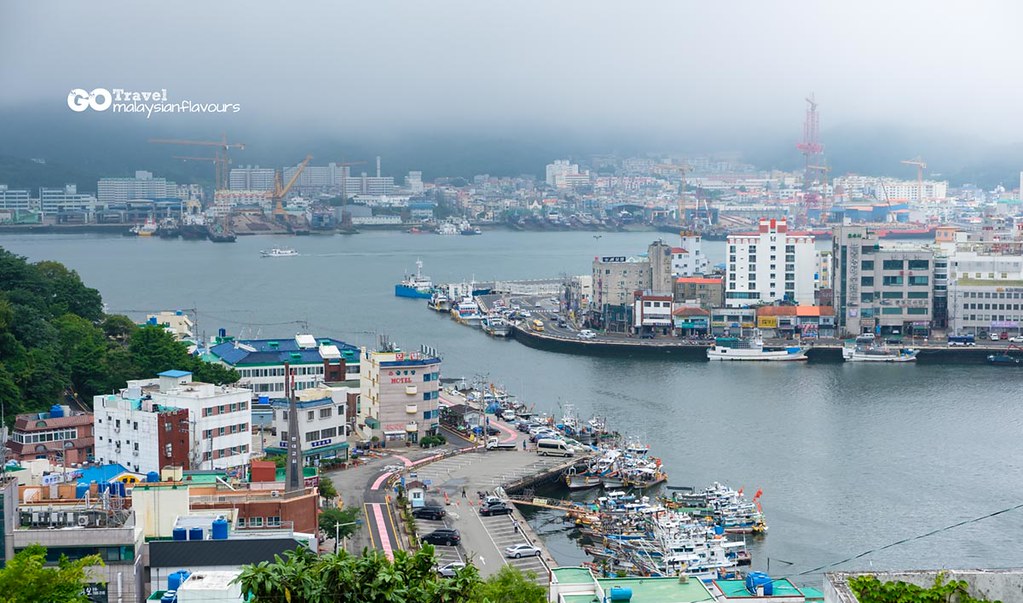
A view from top, overlooking the charming Donpirang Village.
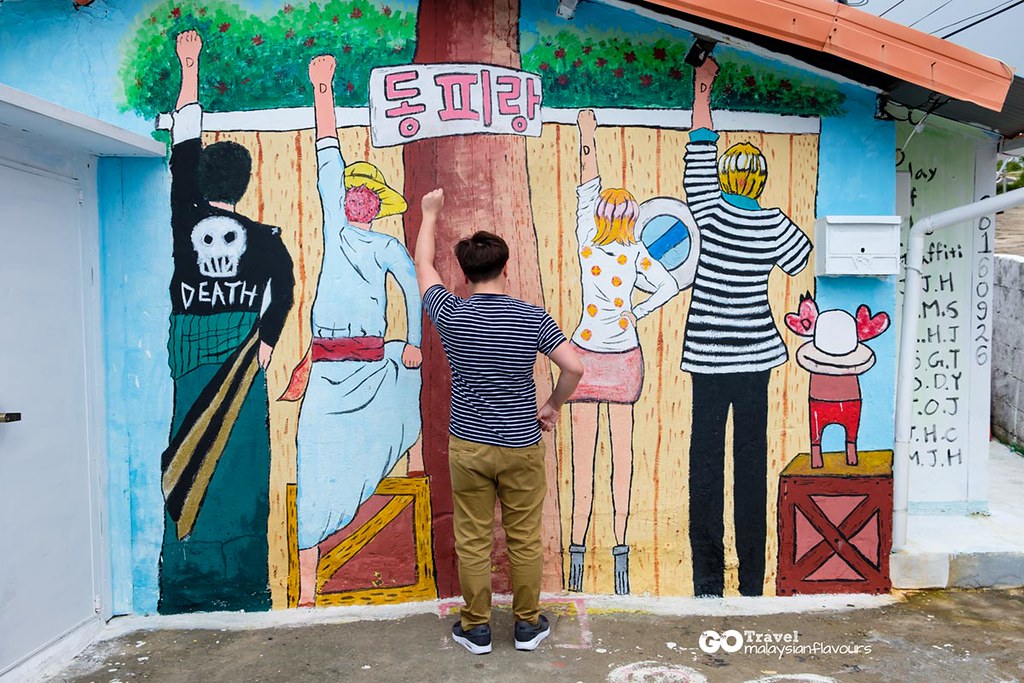
Victory!

Took lots of photos with the gang, because we were reaching the last day of the trip.
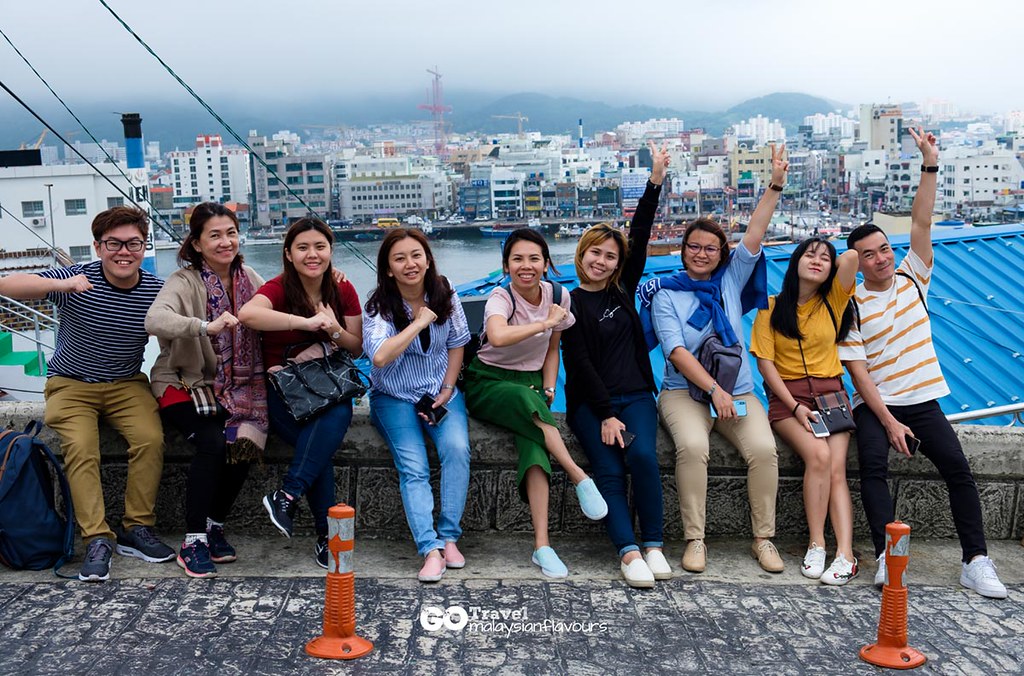
Pattern…
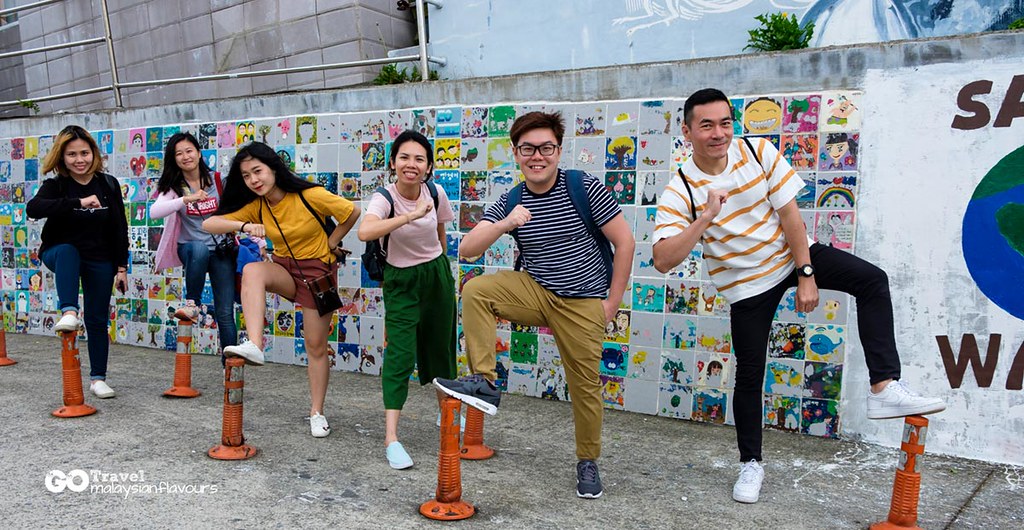
Pattern…
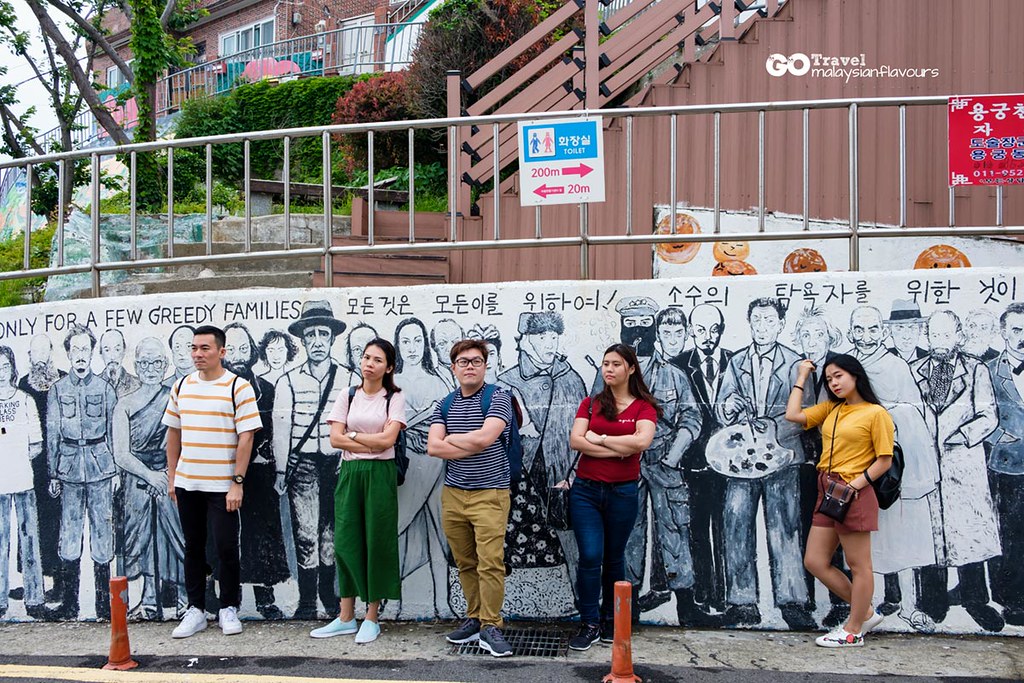
and more pattern…LOL
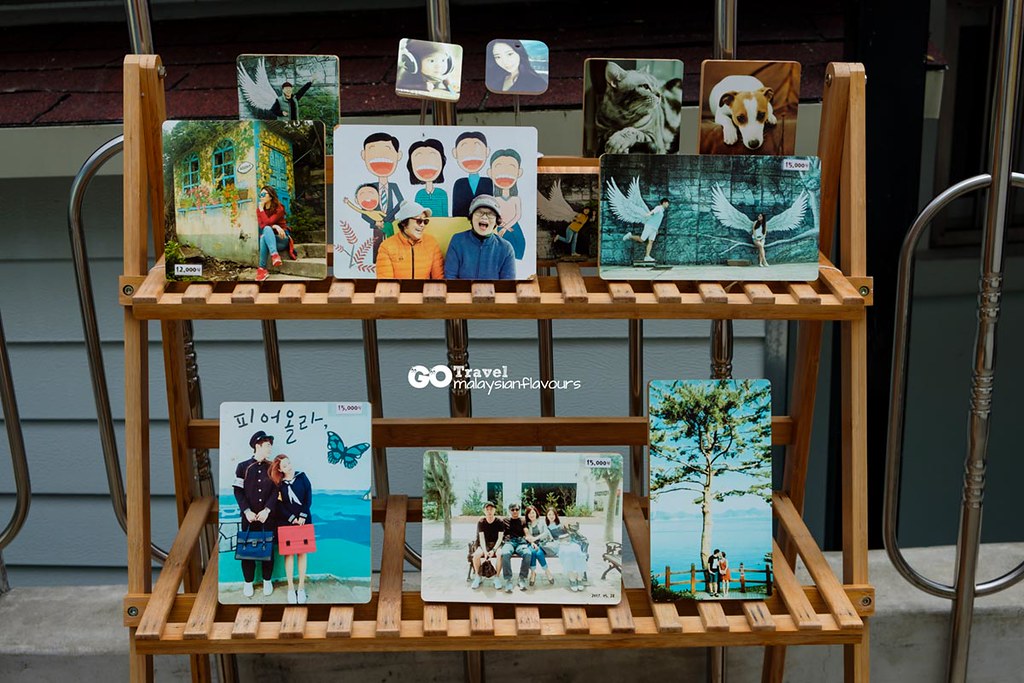
You can even print out the photo at some of the shops here. Not bad right?
Address:
Tongyeong Donpirang Village
100, Dongpirang-gil, Tongyeong-si, Gyeongsangnam-do, Korea.
Admission: Free
Duration: ~1 hour
****************
10. Lunch
Love our lunch-of-the-day!
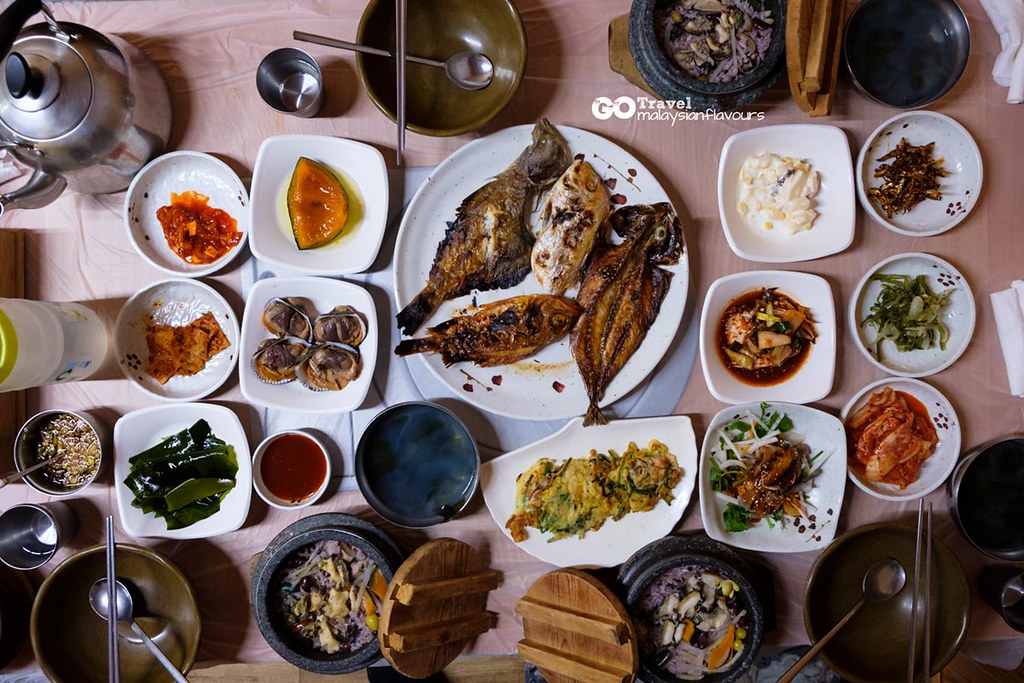
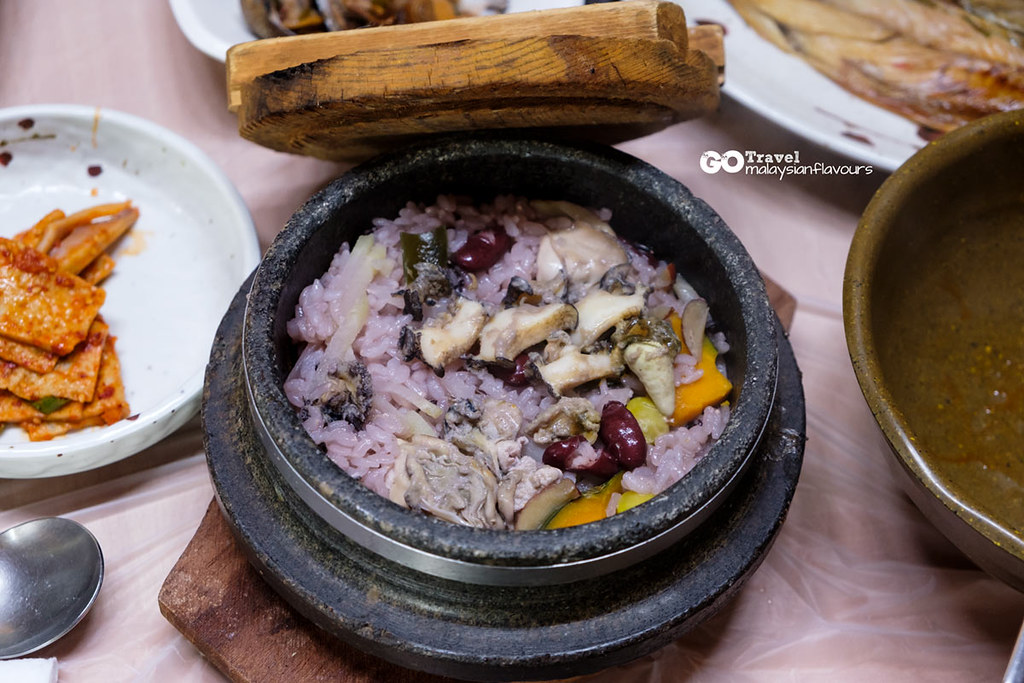
Had our favourite pan-fried mackerel fish, pajeon, and Korean stone pot rice Ogok-bap, and of course must with lots of banchan!
Thrilling rice, beautiful art village walk, satisfying fry fish lunch and next – to discover the historical site of Tongyeong Samdosuguntongjeyeong!
11. Tongyeong Samdosuguntongjeyeong Naval Station
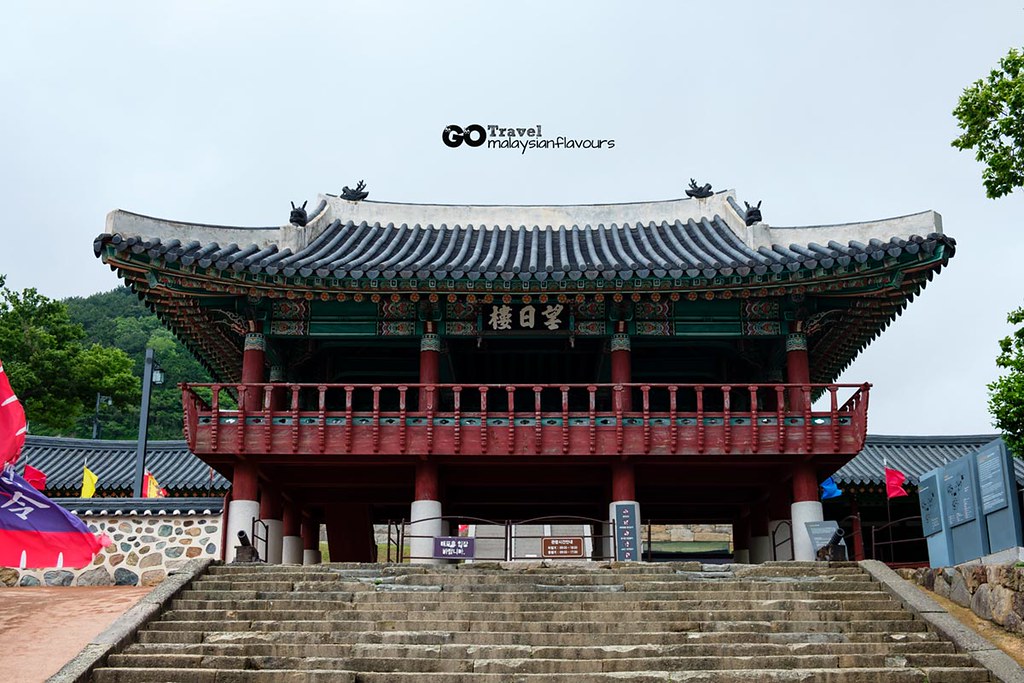
The Samdo Sugun Tongjeyeong refers to the old Naval Headquarters commanding the naval forces stationed in three provinces, namely Chungcheong-do, Gyeongsang-do, Jeolla-do province.
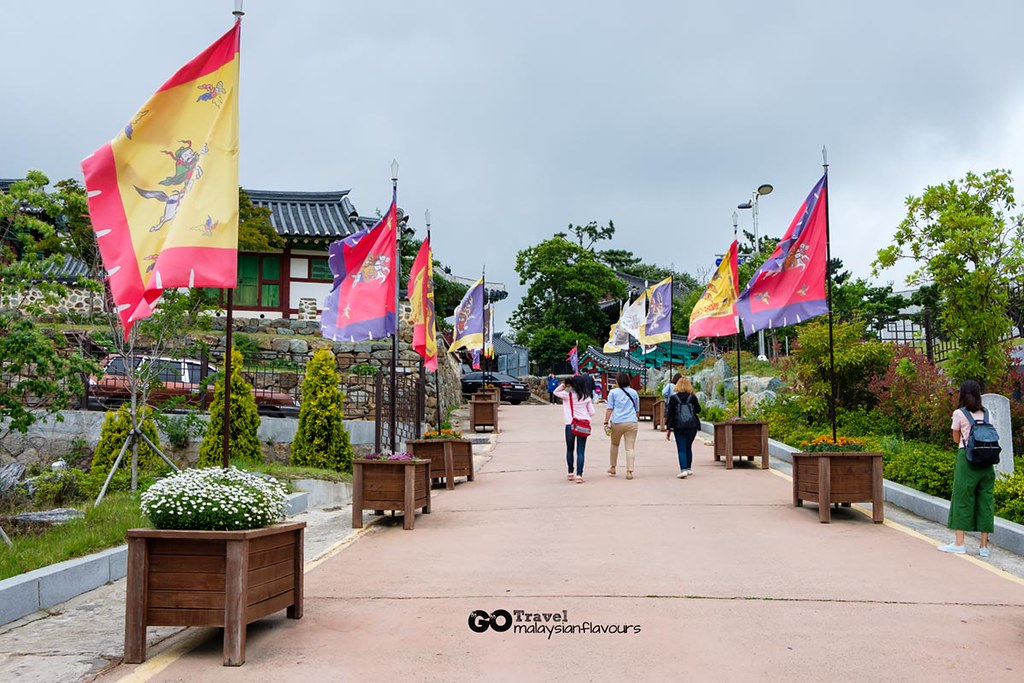
It was established in 1604 and remained in operation for 292 years, until 1895.
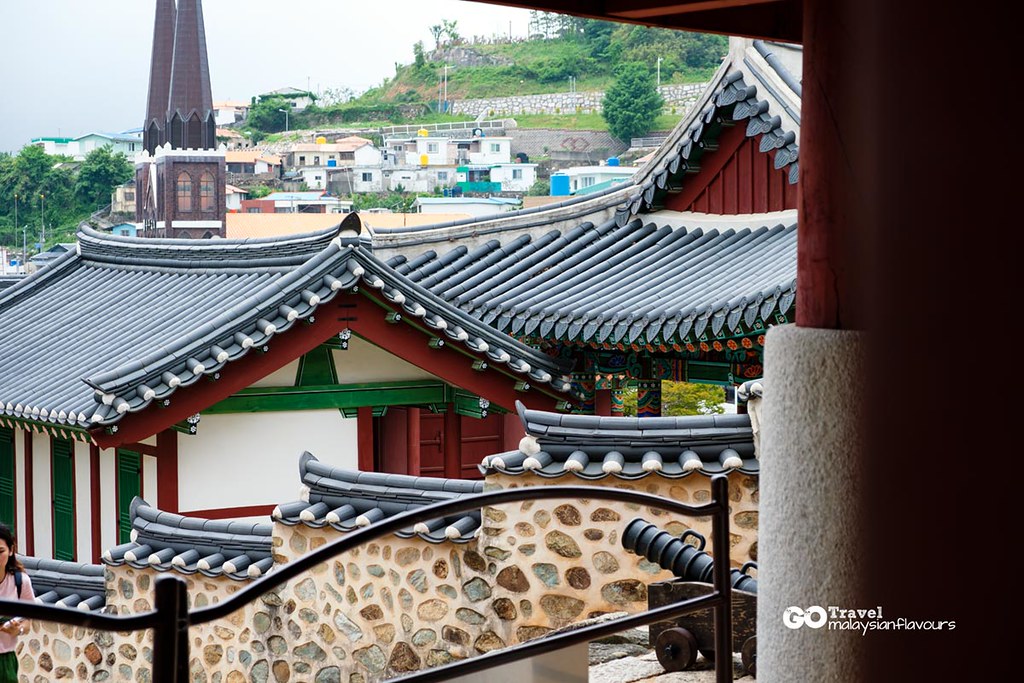
Hansanjinyeong, the Naval headquarters in Hansan where Admiral Yi Sun-sin commanded the navy during the Imjin War, was the first naval headquarters.
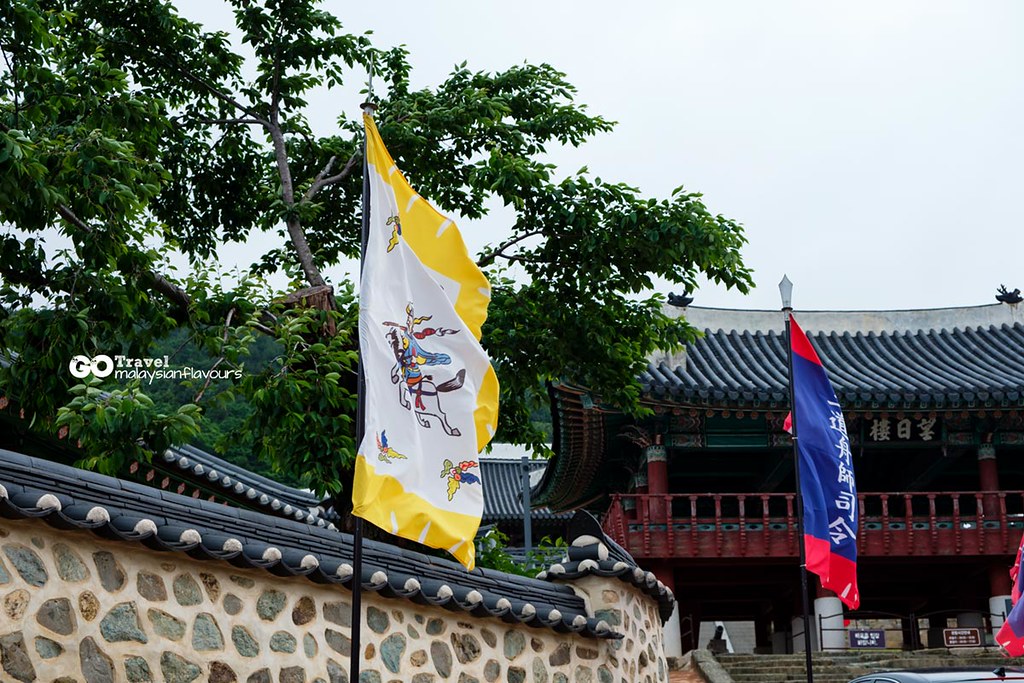
Here, we visited Sebyeonggwan Hall, Unjudang Naval Headquarters, Jungyeong Barracks, Government Office, 12 Handicrafts Workshops and more.
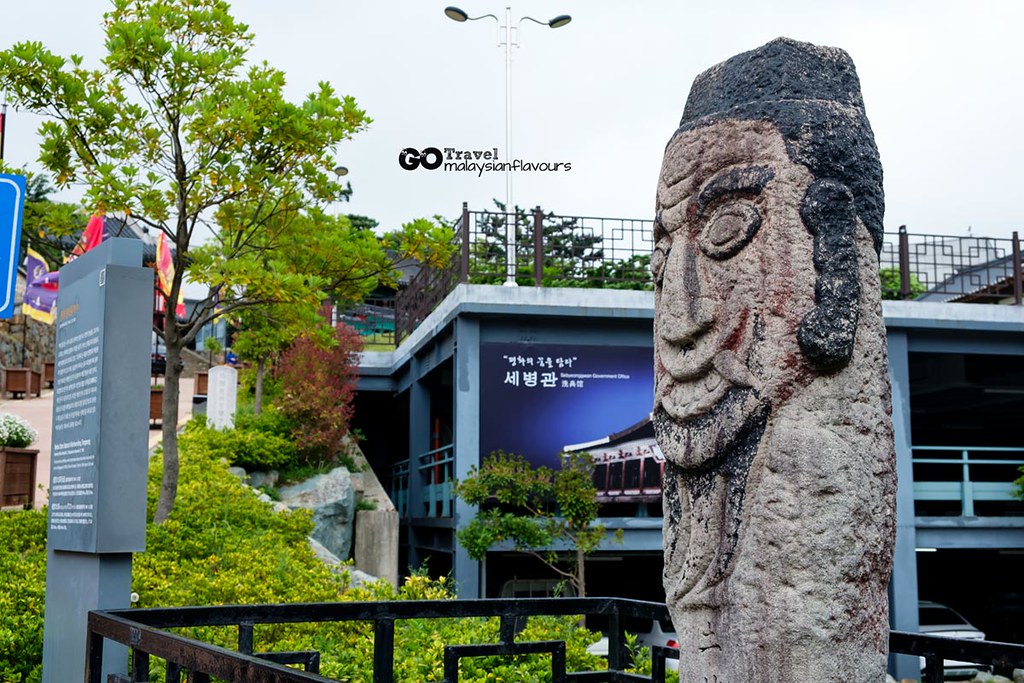
Beoksu Stone Statues in Munhwa-dong, Tongyeong
This 198cm long, 160cm wide totem pole stone, called Beoksu, was installed at the entrance of Sebyeongwan in 1906, served to repel contagious diseases and bad omens.
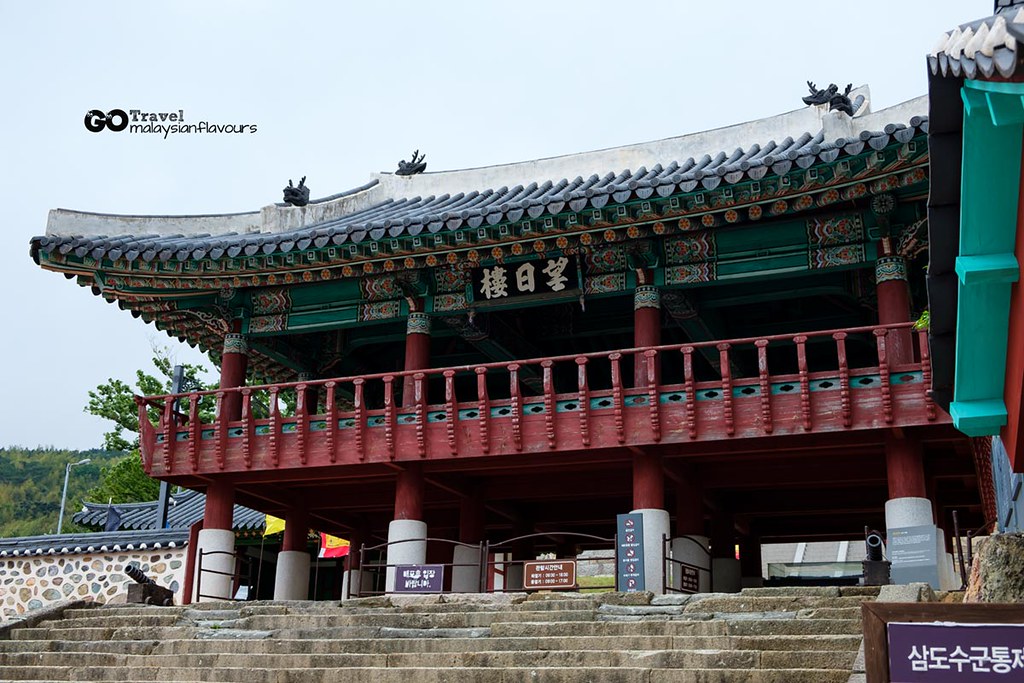
Mangilu Pavilion
Sebyeongmun, or Mangillu, was the area where a large bell was installed to inform the start and end of curfews.

Bonyeonggun
The key area where the commander performed various ceremonies.
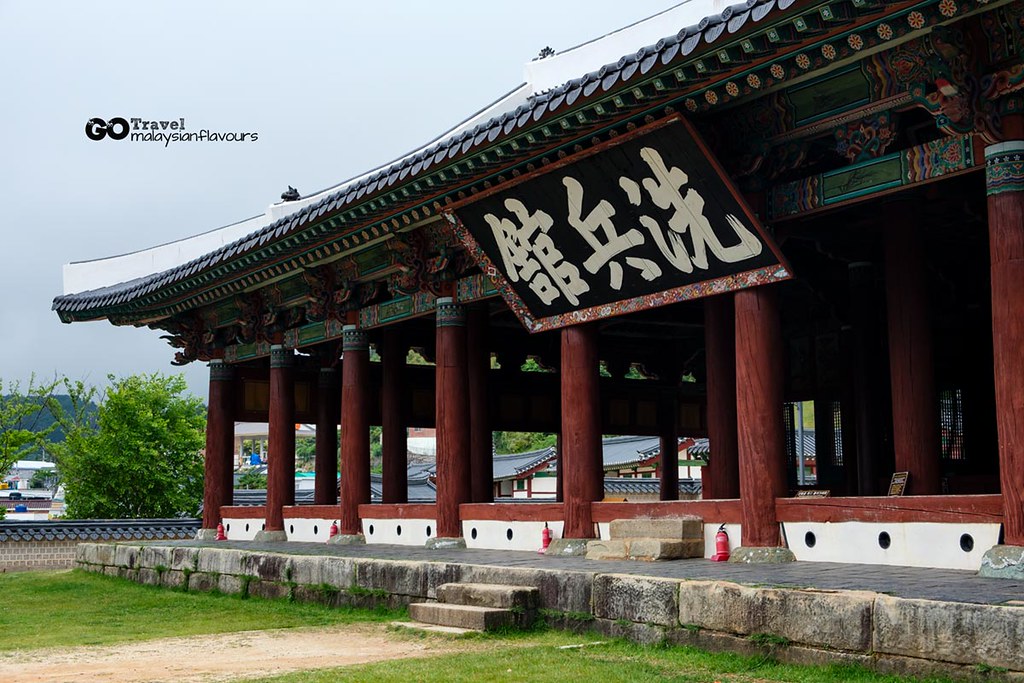
Tongyeong Sebyeonggwan Hall
Tongyeong Sebyeonggwan Hall 통영 세병관 is central command for the naval forces of three provinces, strategically located overseeing the Southern sea at a distance.
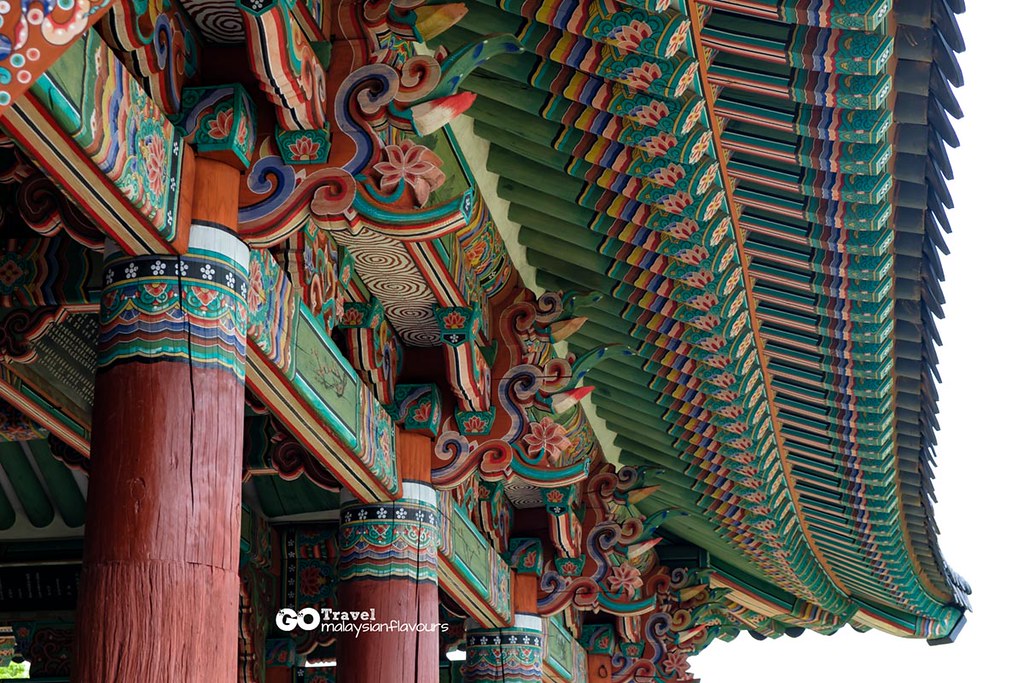

The big letters “ 洗兵舘 ” (Sebyeonggwan) engraved on the large hanging board were handwritten by Seo Yu-dae, the 137th commander-in-chief.
Right next to the hall, are the remains of the naval base Tongjeyeong:
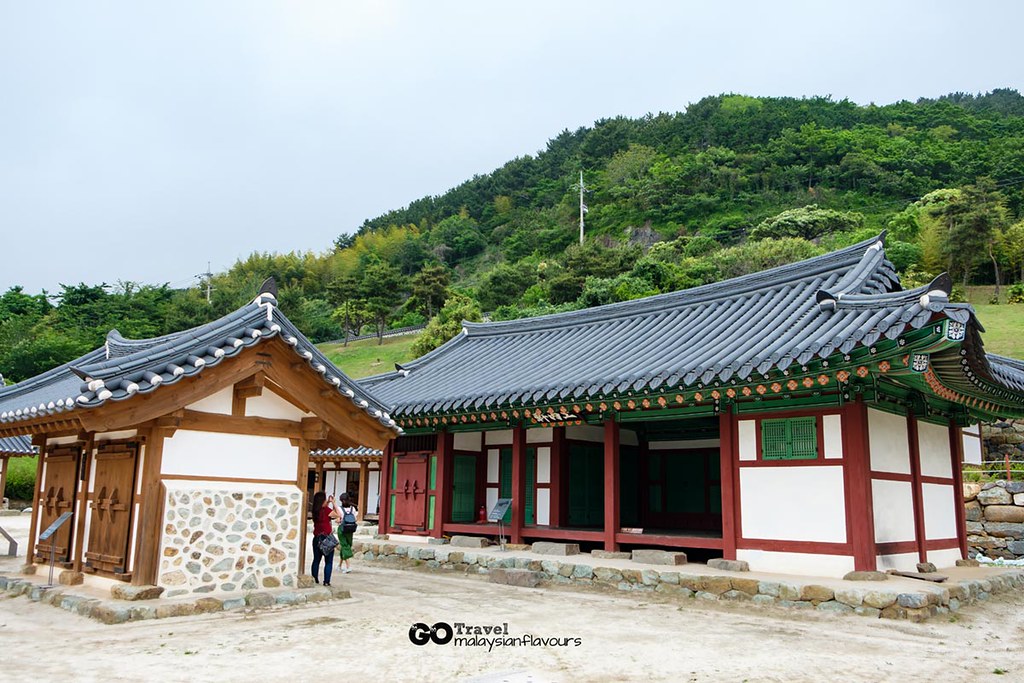
Gongnaeheon Office
Office which the officers used to manage workshops.
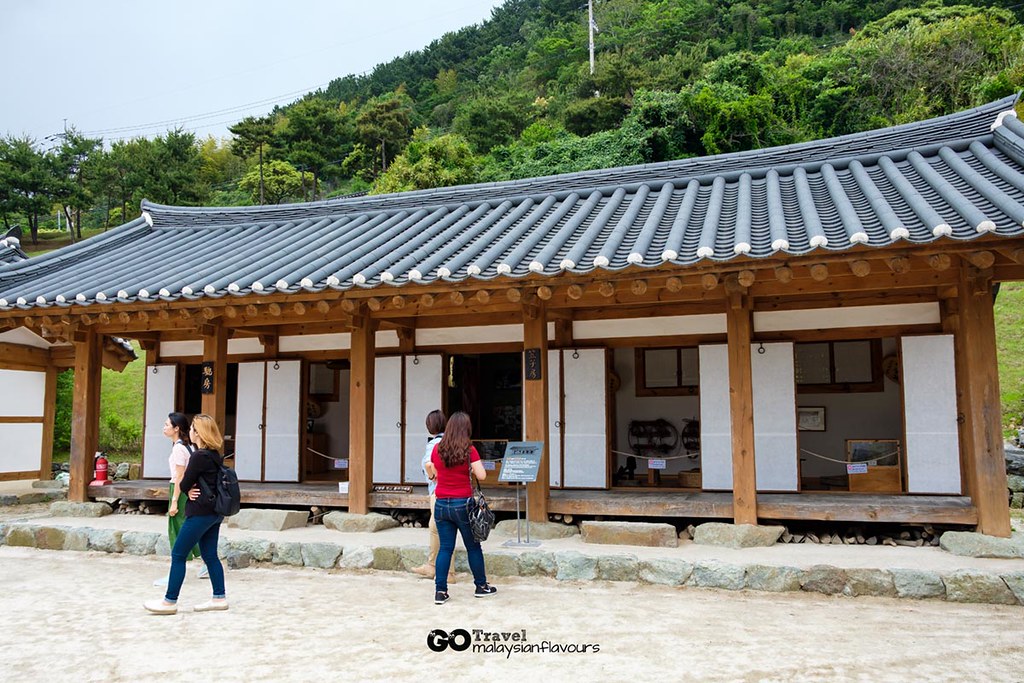
Chongbang, Ibjabang Craft Workshops
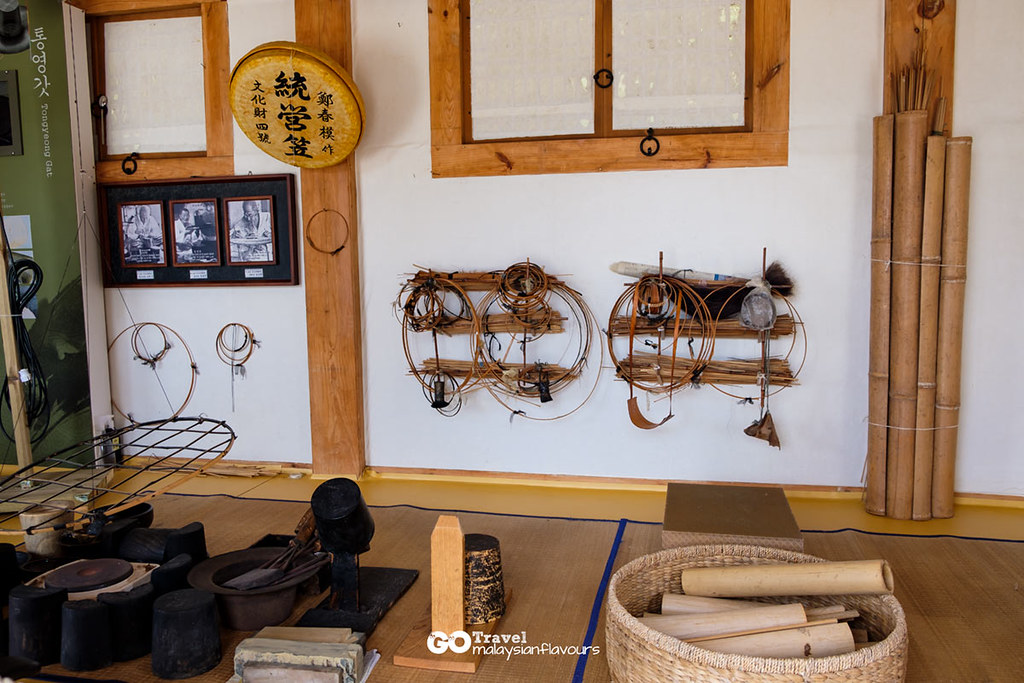
Chongbang is where various hats such as Manggeon, Tanggeon, Yugeon were made using horsehair.
Ibjabang is where various hats such as Heuknip, Beonggeoji, Satgat and Paeraengi were made.
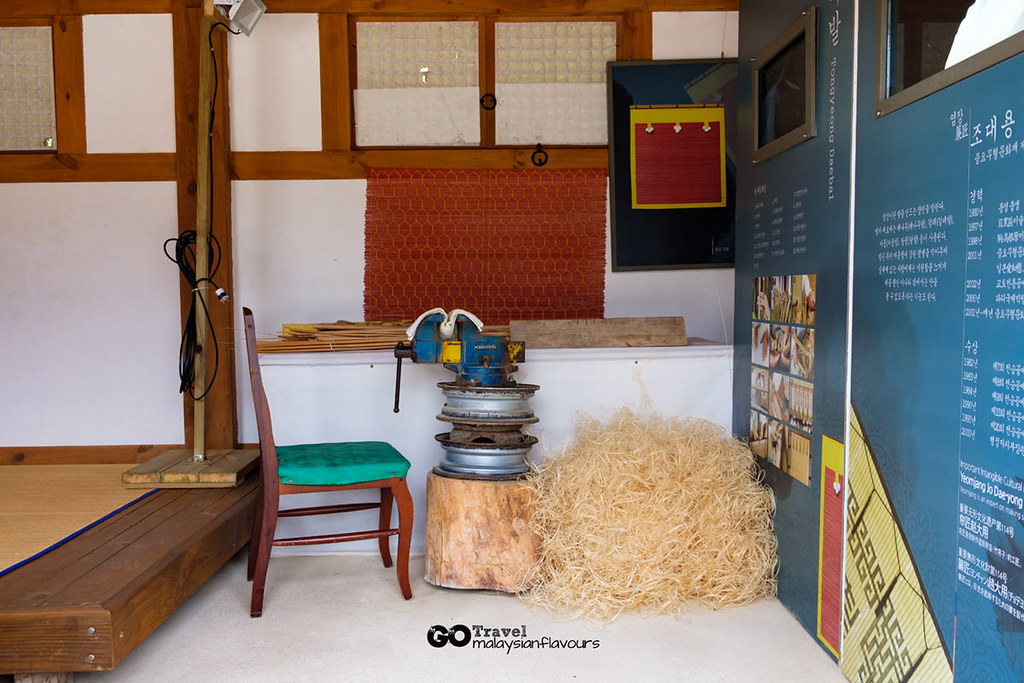
Sangjabang Craft Workshops
Where boxes were made by weaving willow twigs. Currently used as a workshop for bamboo blinds
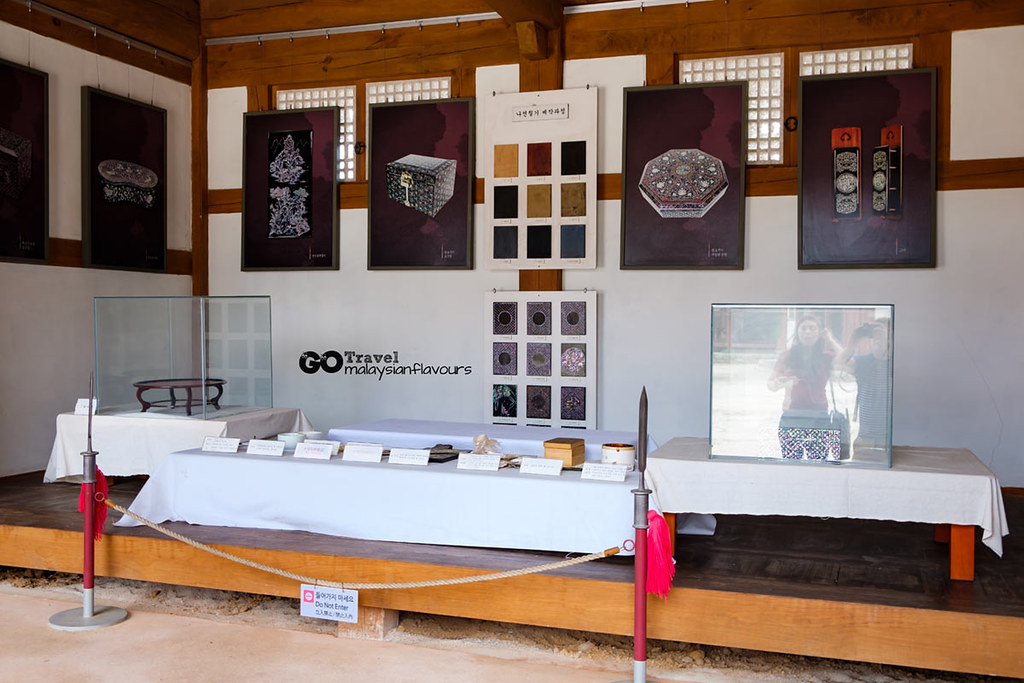
Paebubang Craft Workshops
Where artifacts decorated with mother-of-pearl were made.
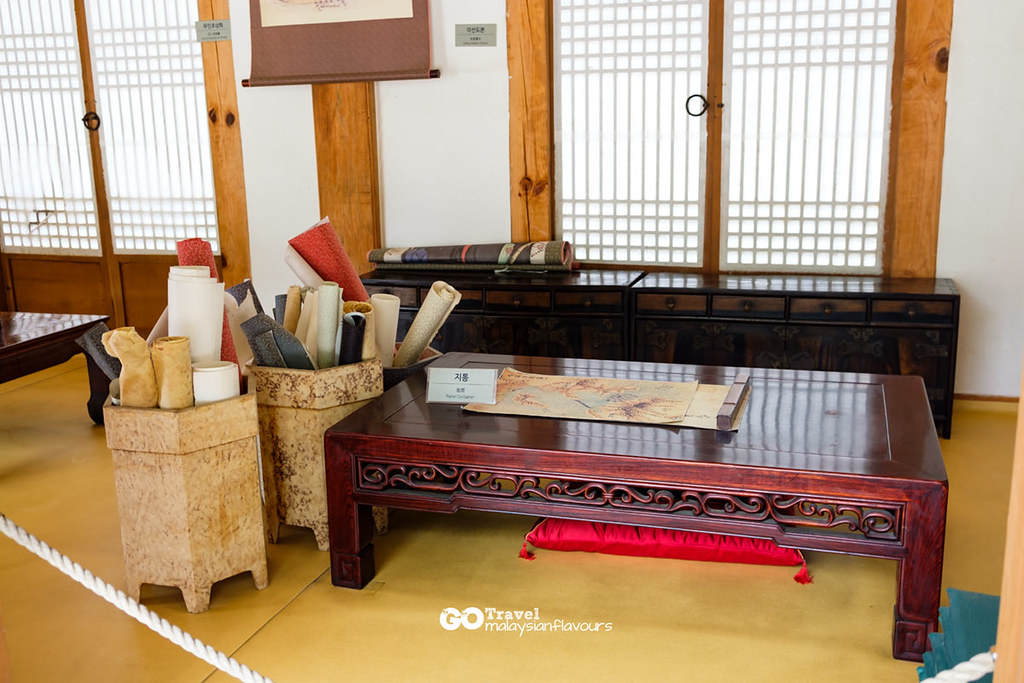
Hwaonbang Craft Workshops
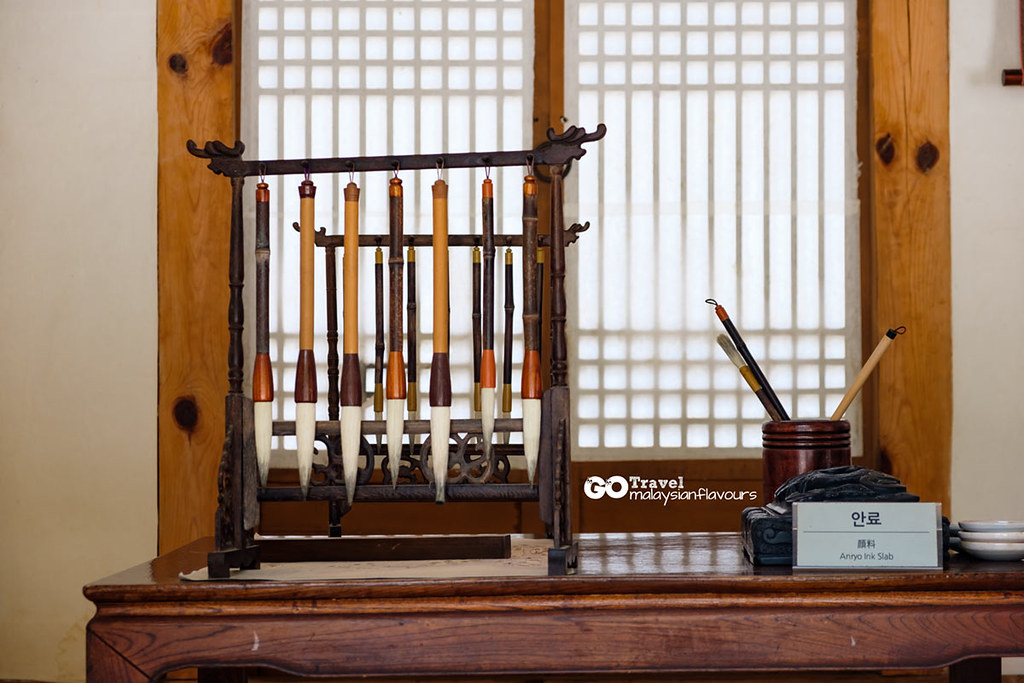
The workshops where maps and ceremonial decorative pictures were drawn for miliatry purposes.
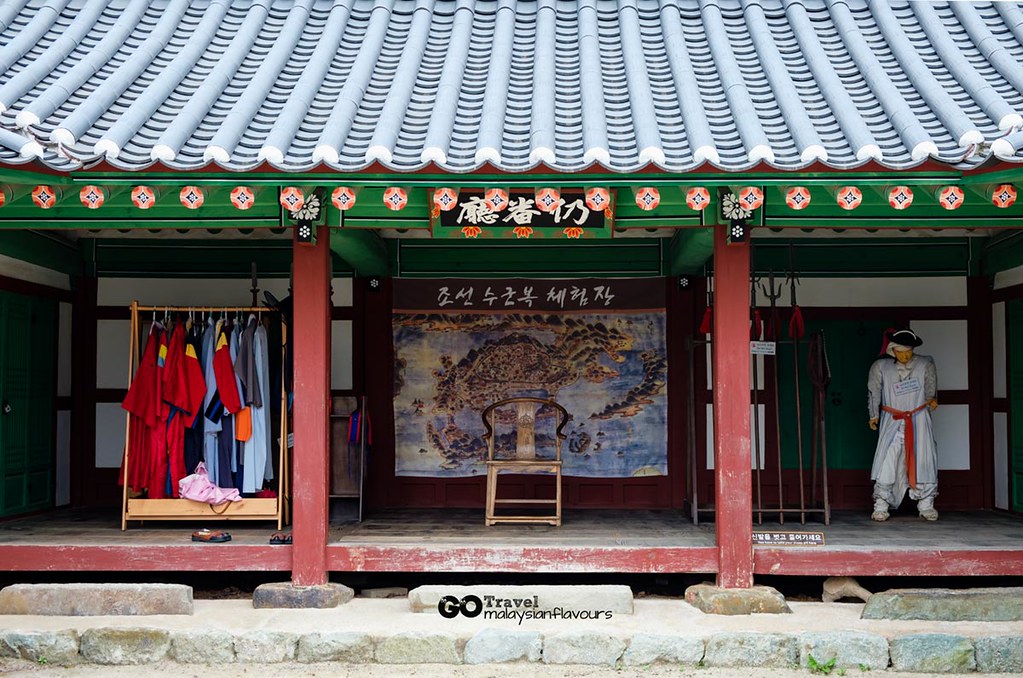
Ingbeoncheong Office of Military Affaris
The place where the workshops or building staff worked.
Address:
Tongyeong Samdosuguntongjeyeong Naval Station
27, Sebyeong-ro, Tongyeong-si,
Gyeongsangnam-do, South Korea
Opening Hours: May-Oct (9AM – 6PM); Nov-Feb (9AM – 5PM)
**************************
12. Stay in Changwon International Hotel
Headed to Changwon.
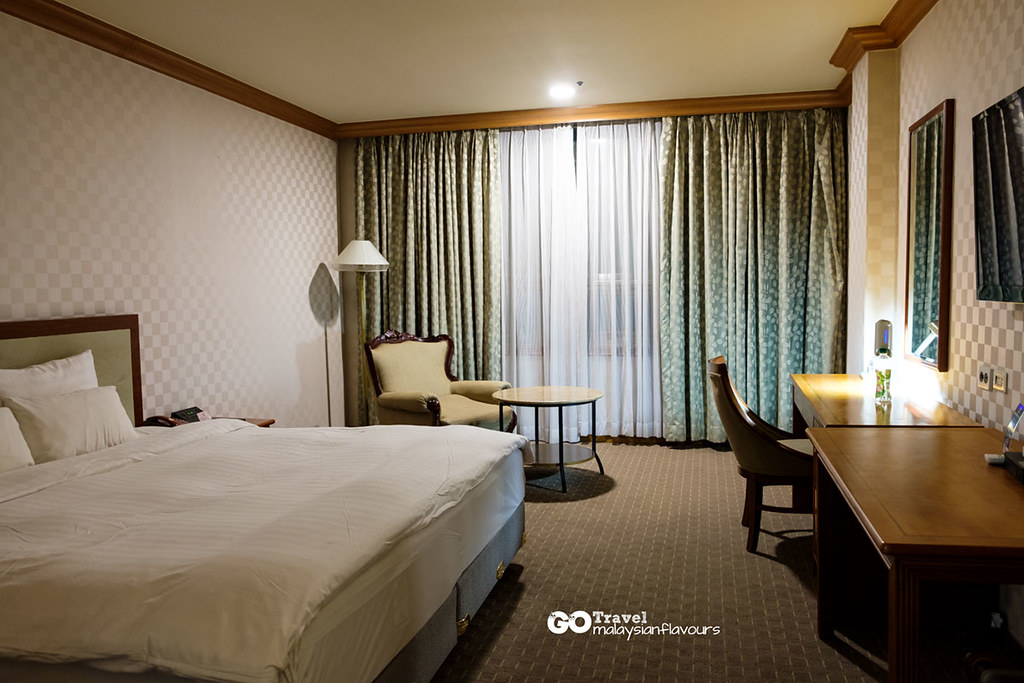
Room for last night in Korea, at Changwon city. Very standard in design but quite spacious for two. The bathroom comes with bathtub too.
13. Night View of Changwon City
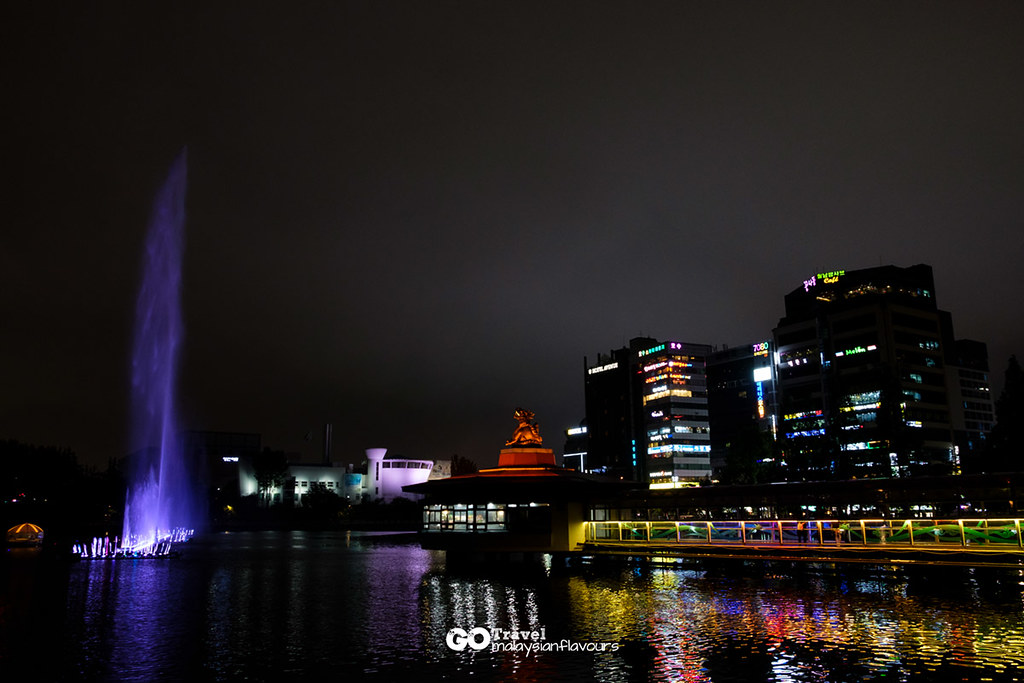
Walked to the shopping streets nearby, enjoy pretty Changwon city that lit up at night. Stopped by at Kyochon for chi-maek supper, had a wonderful time with the gang till late night.
It was a great first-time experience in Gyeongnam. Personally feel that there are still a lot of things that can be covered here. 2D1N is just not enough. Will plan for a week of trip to this less-travelled but worthwhile path in Korea in near future.
